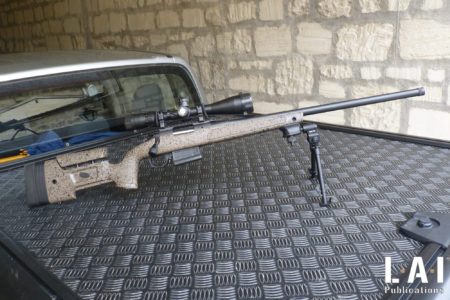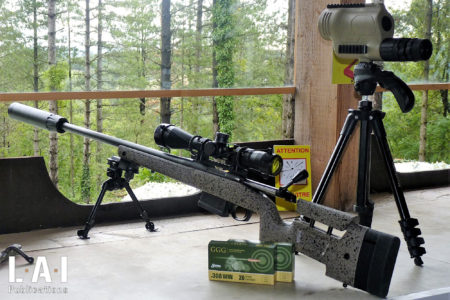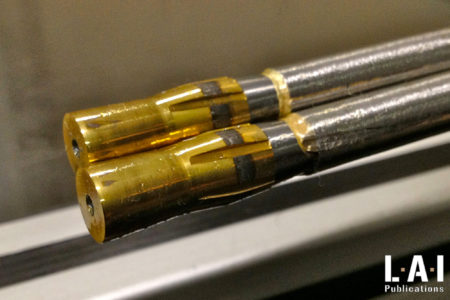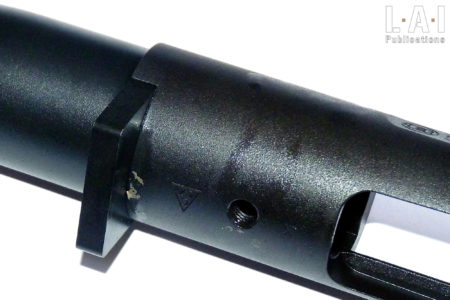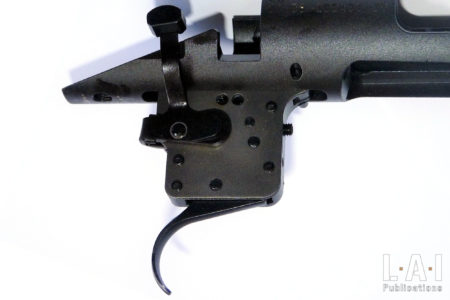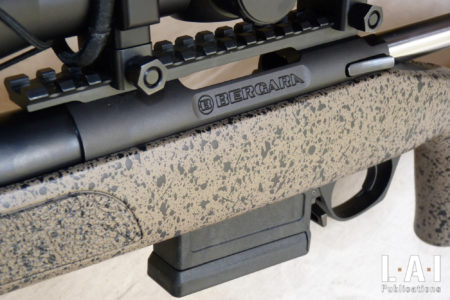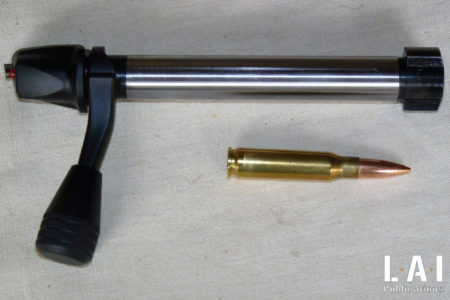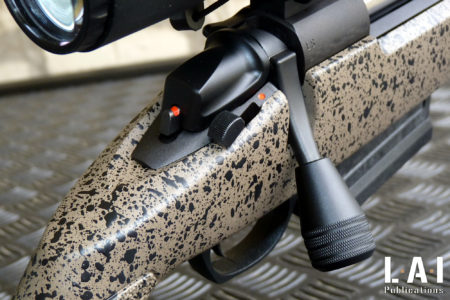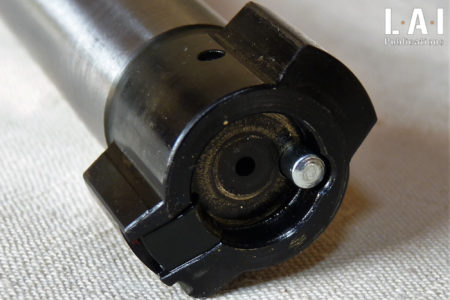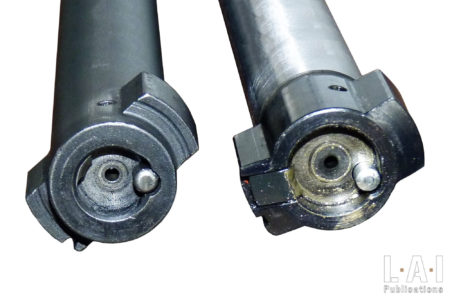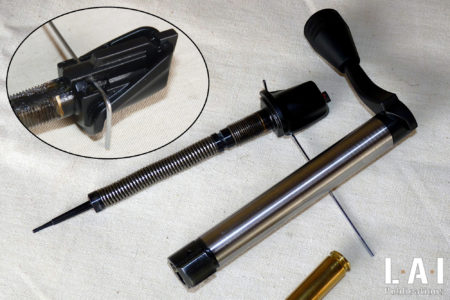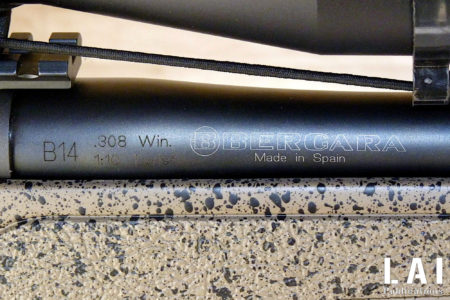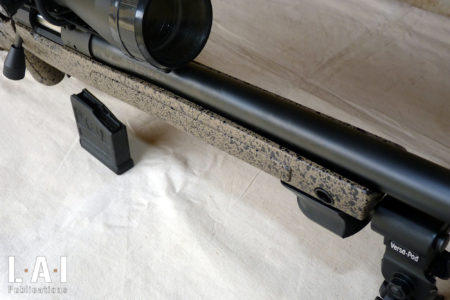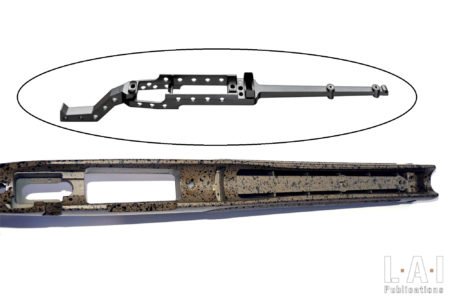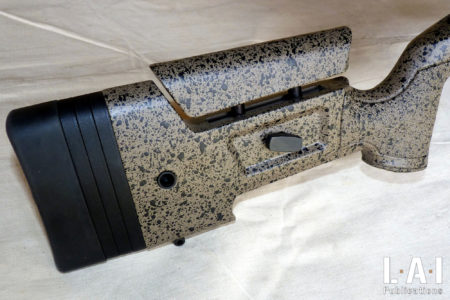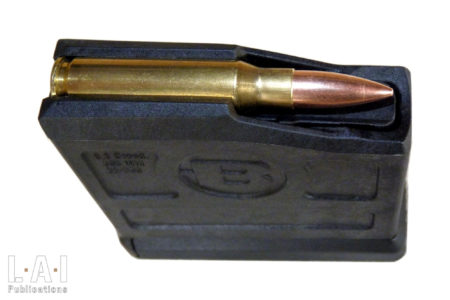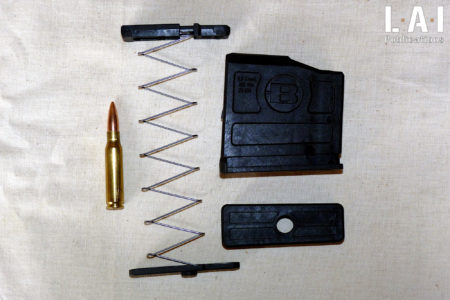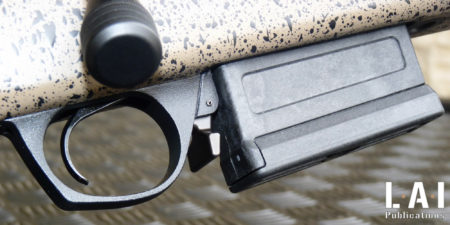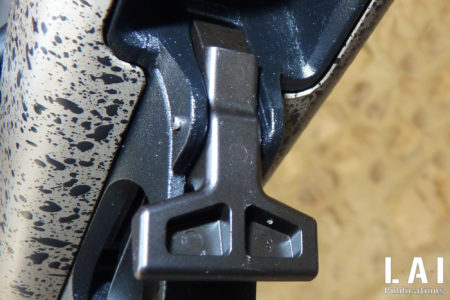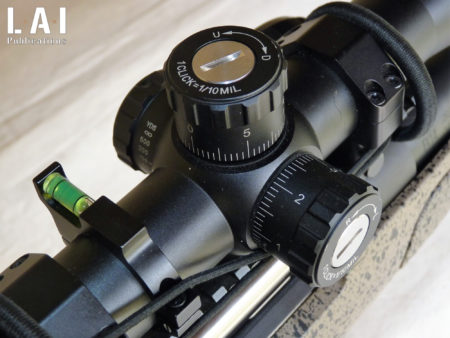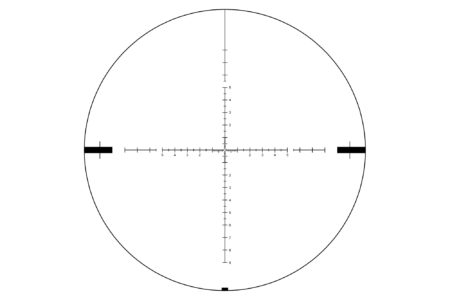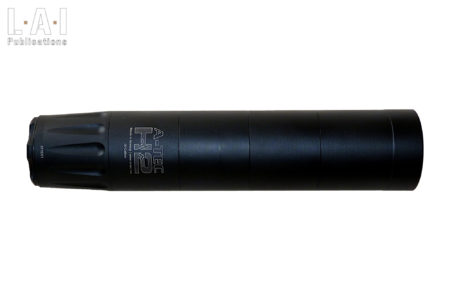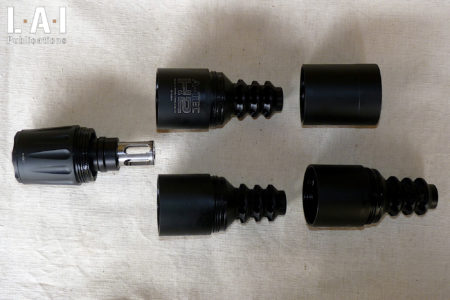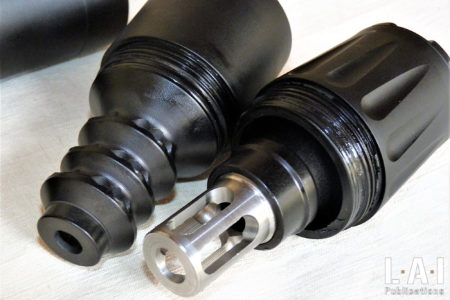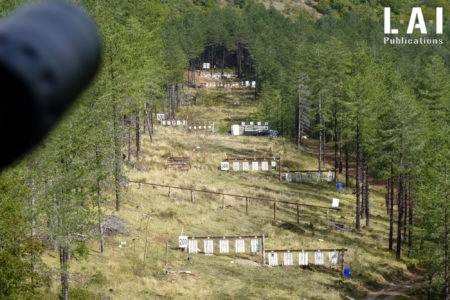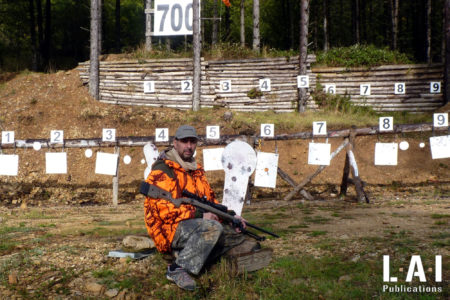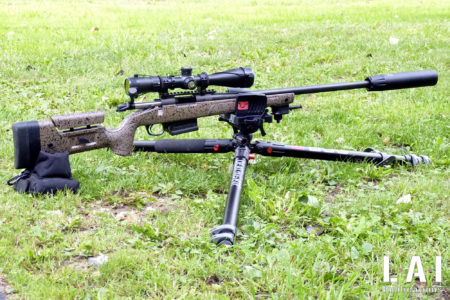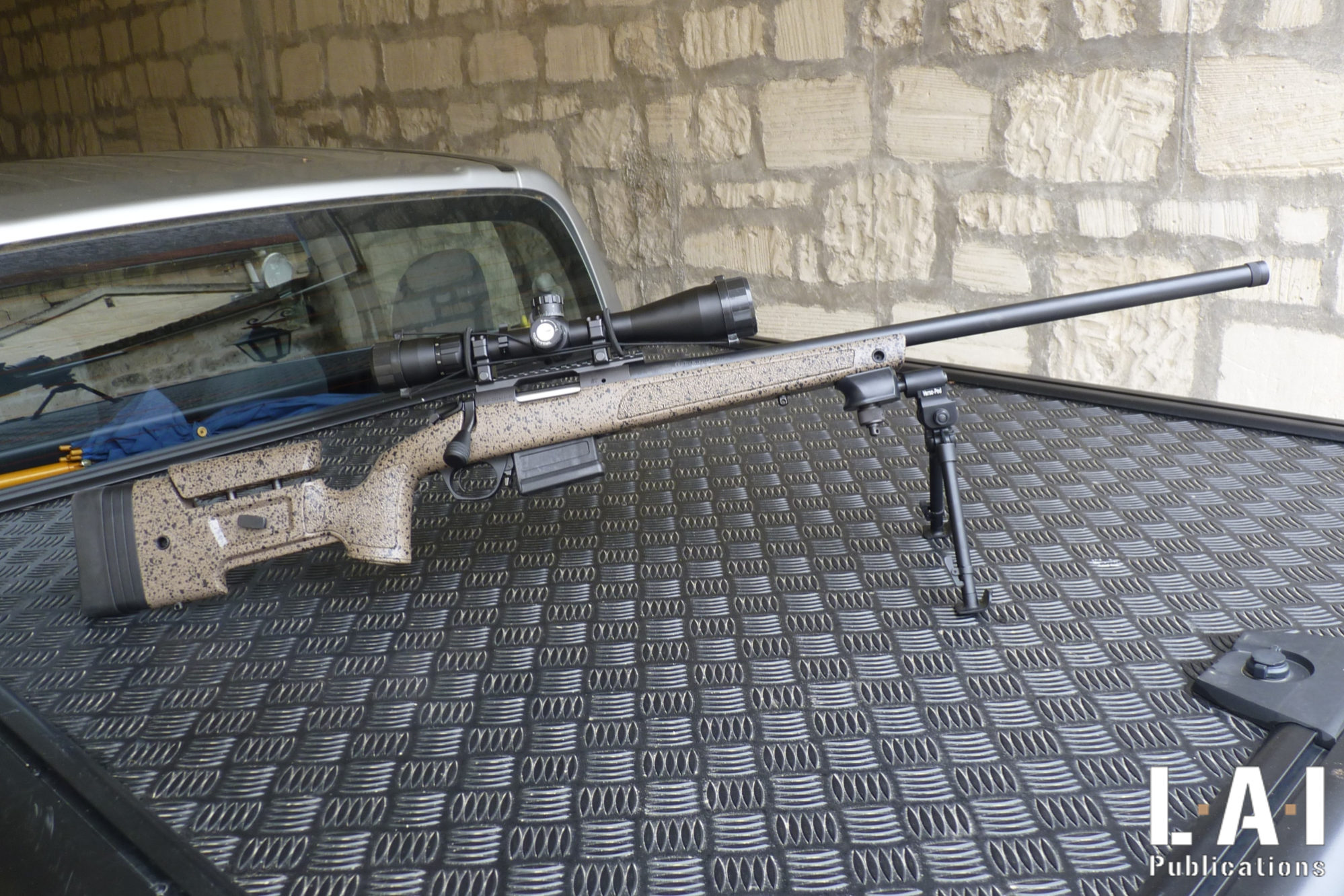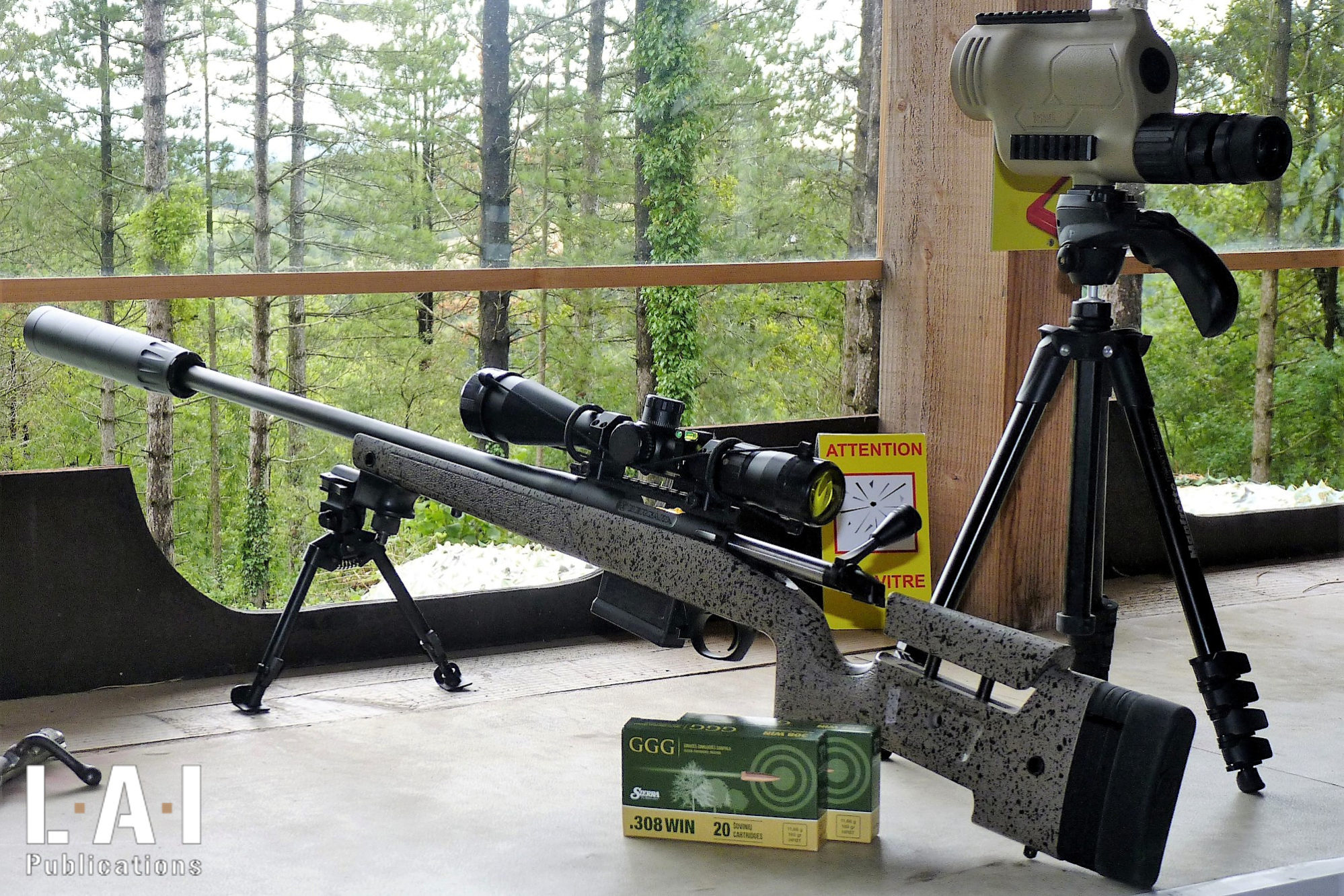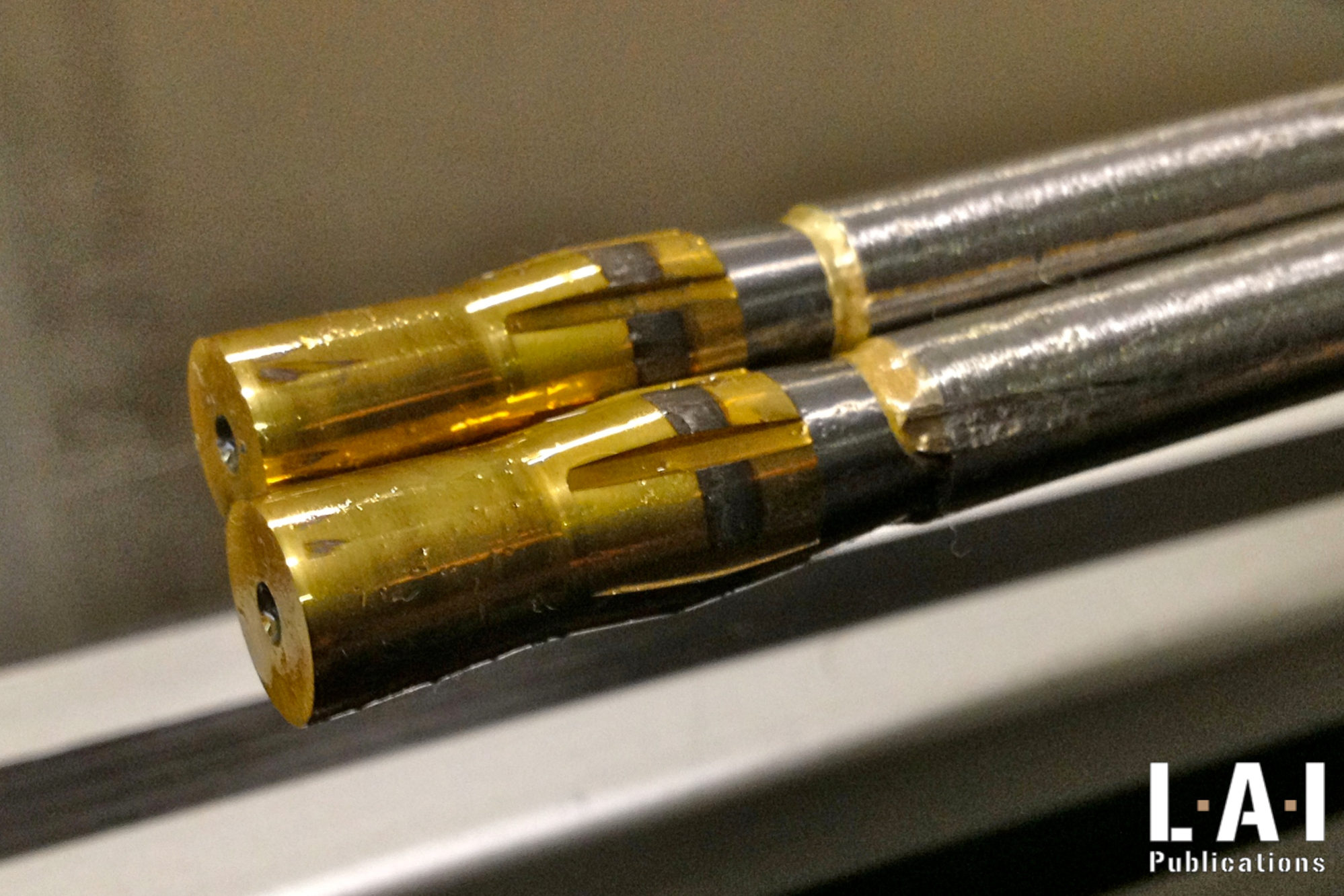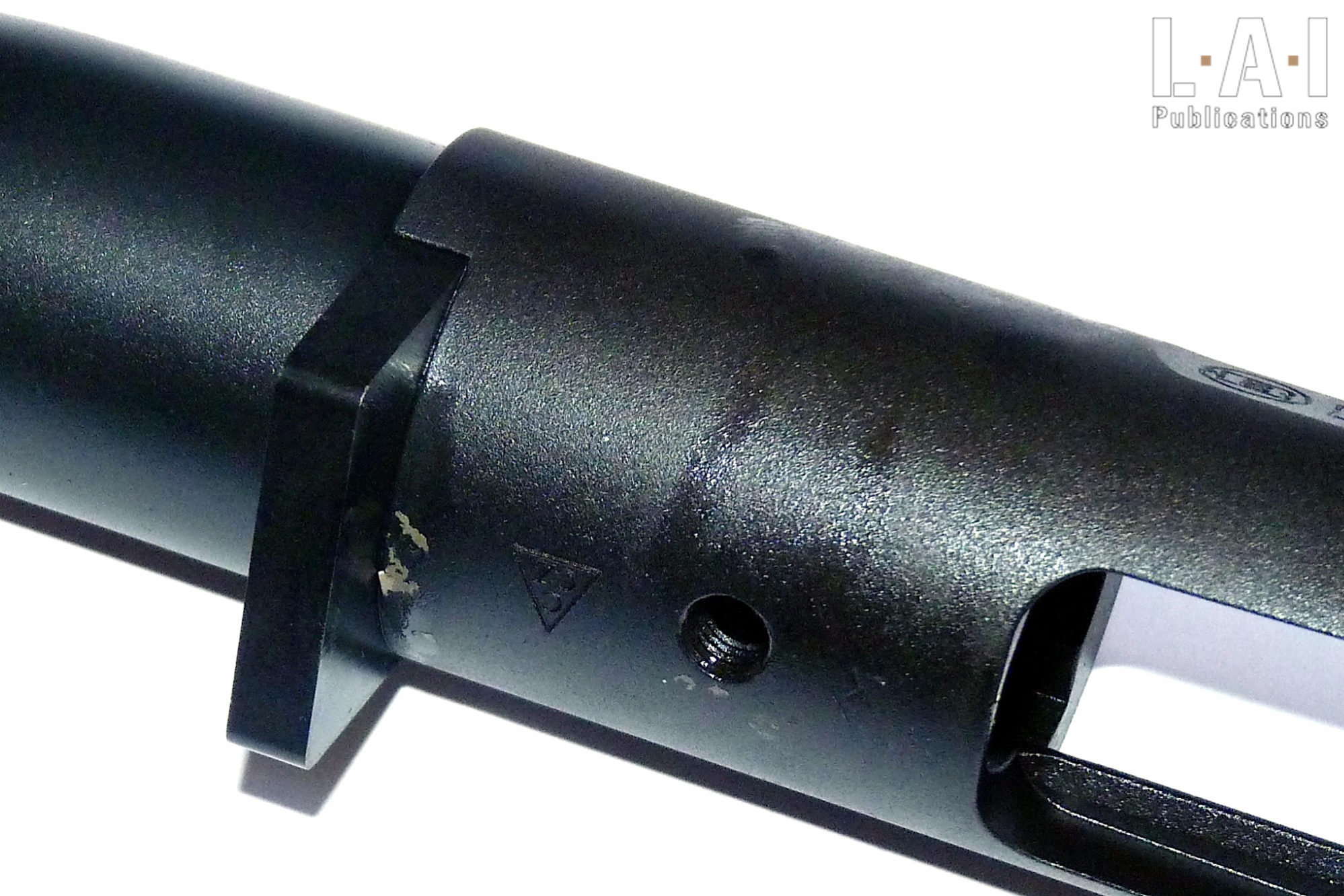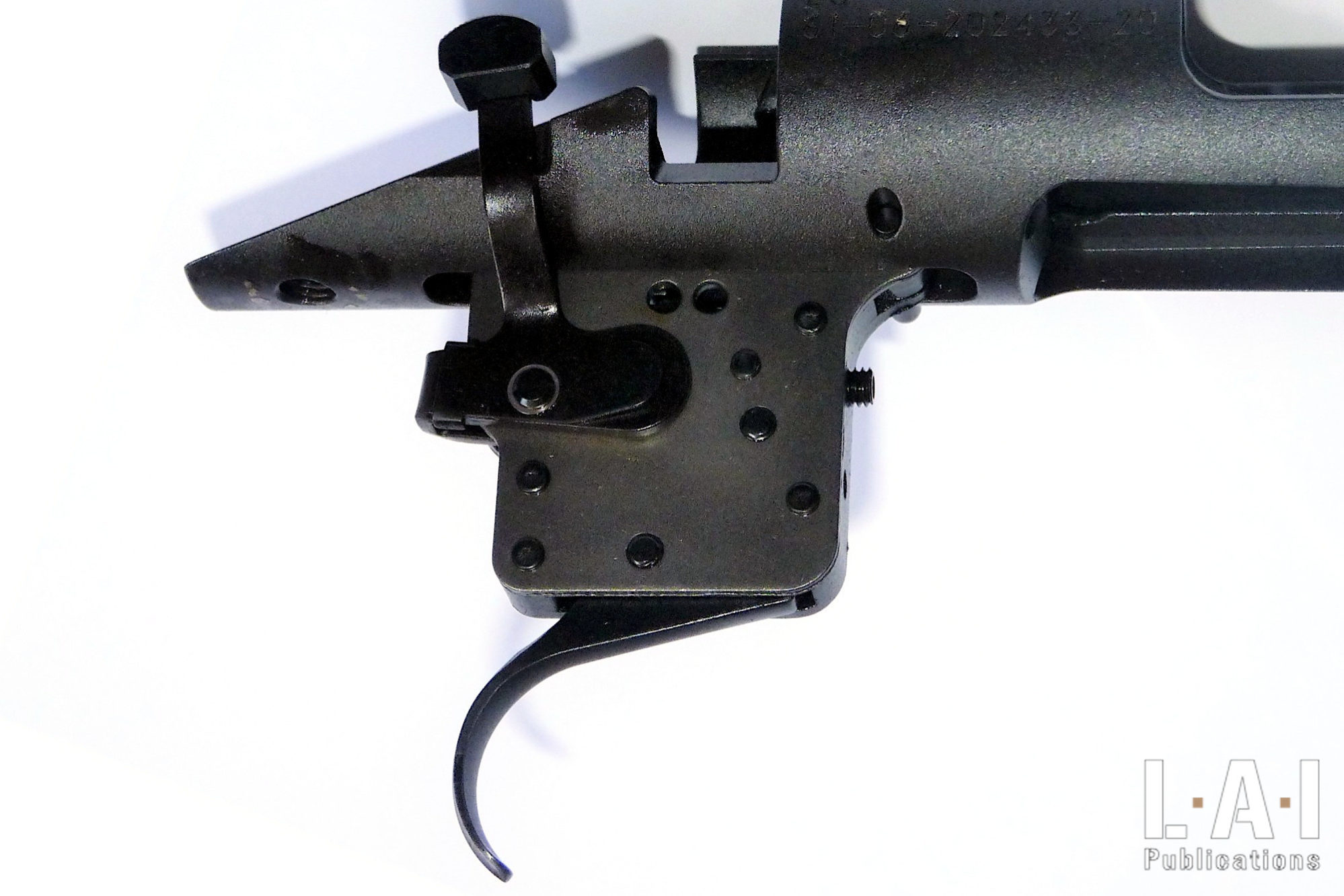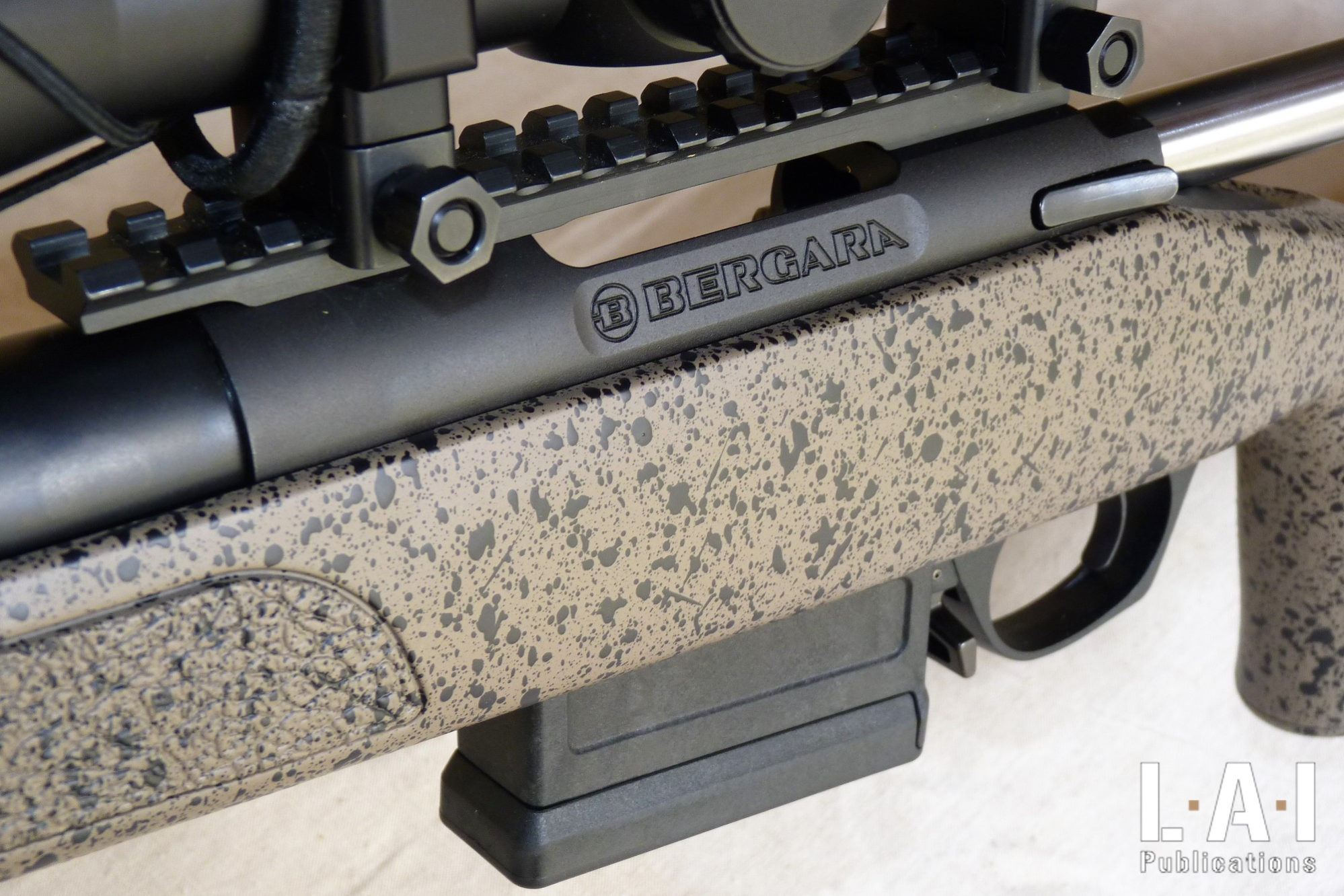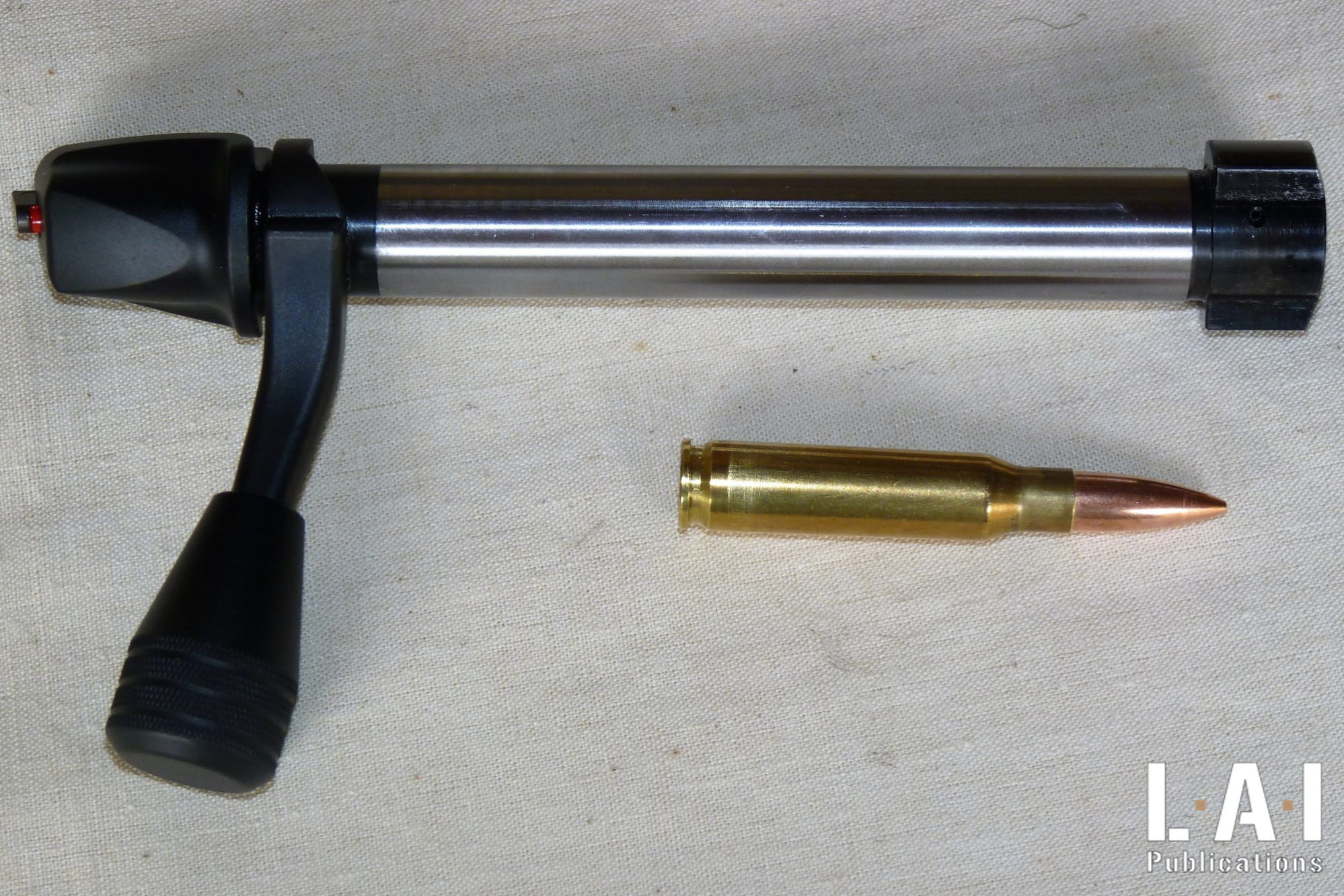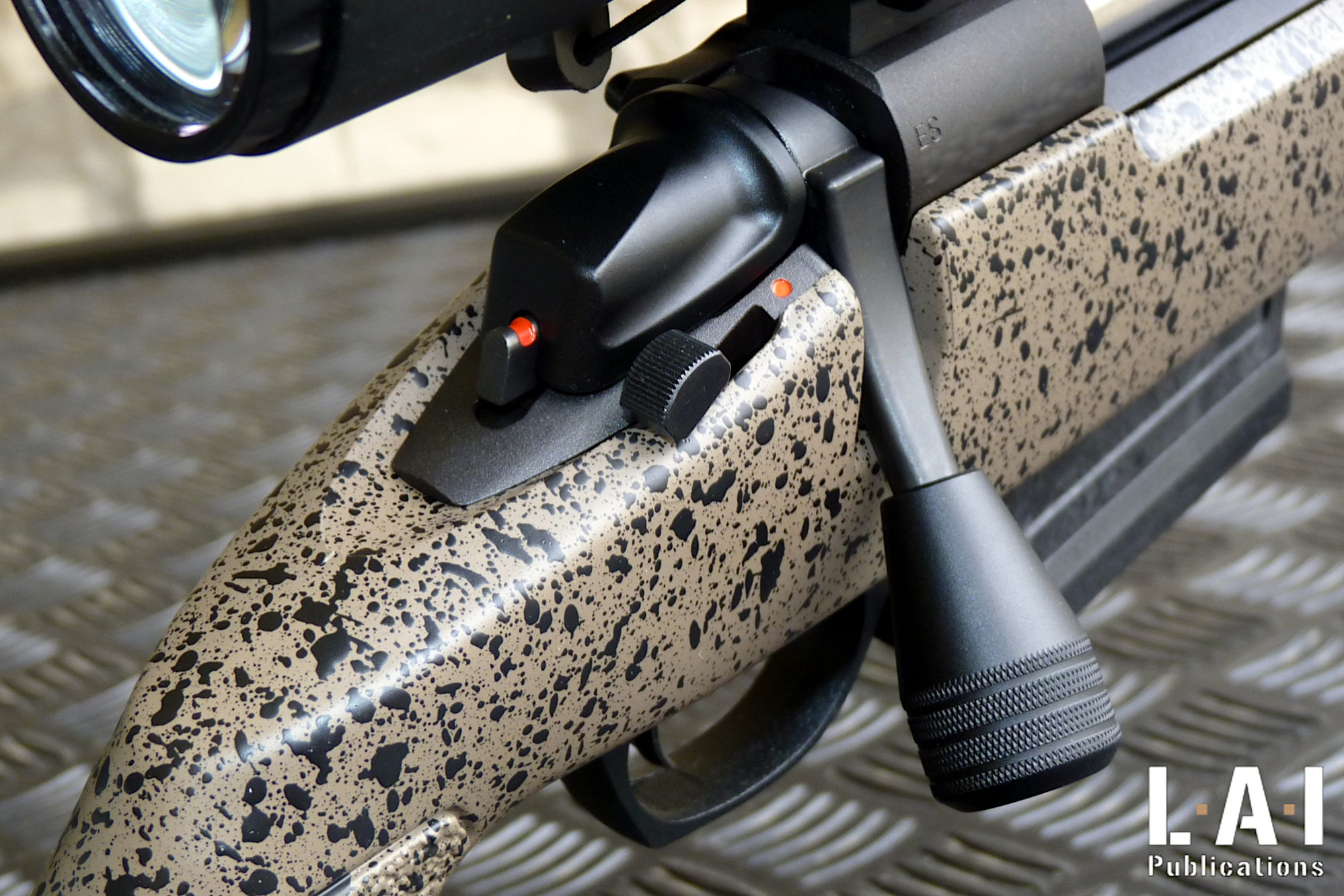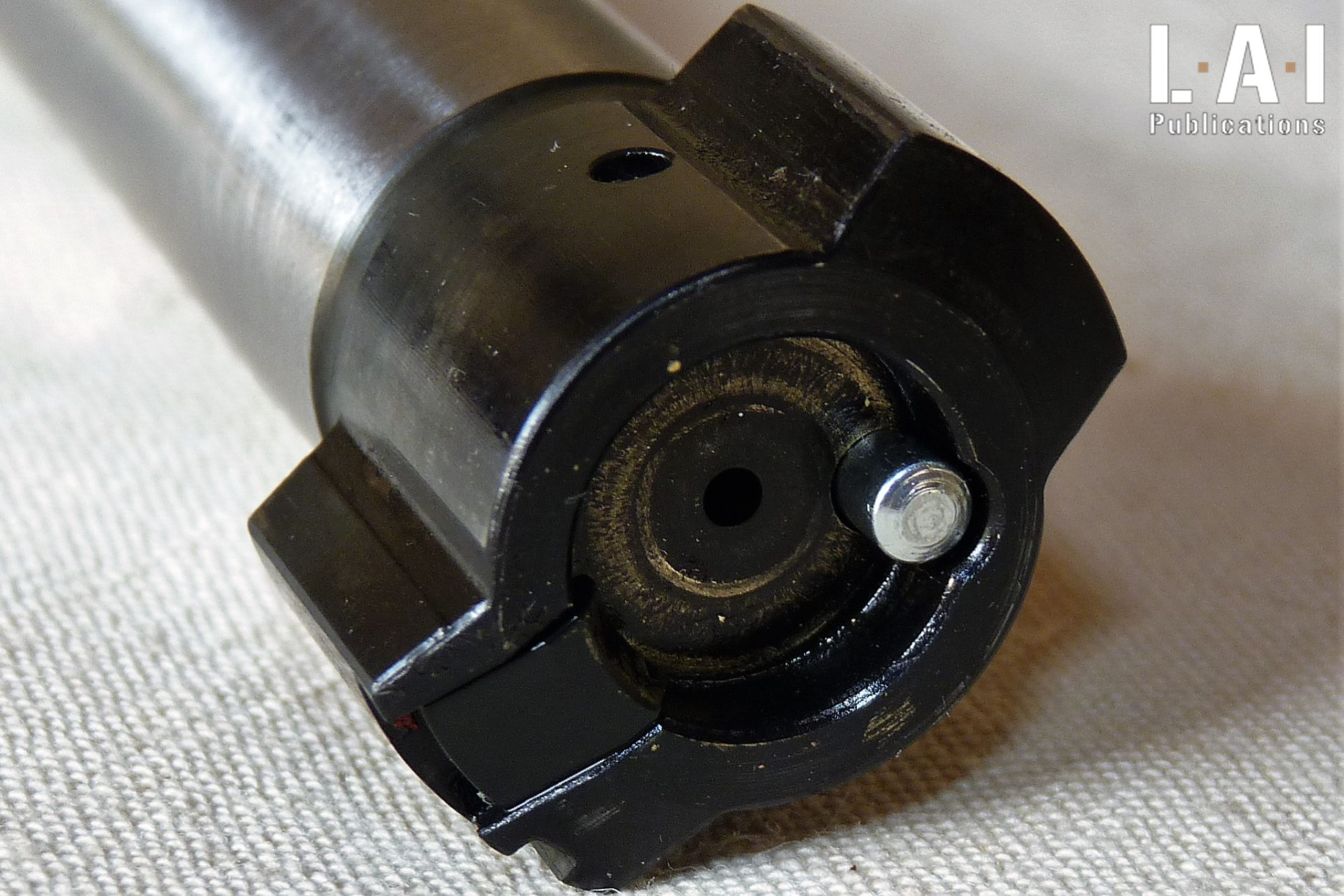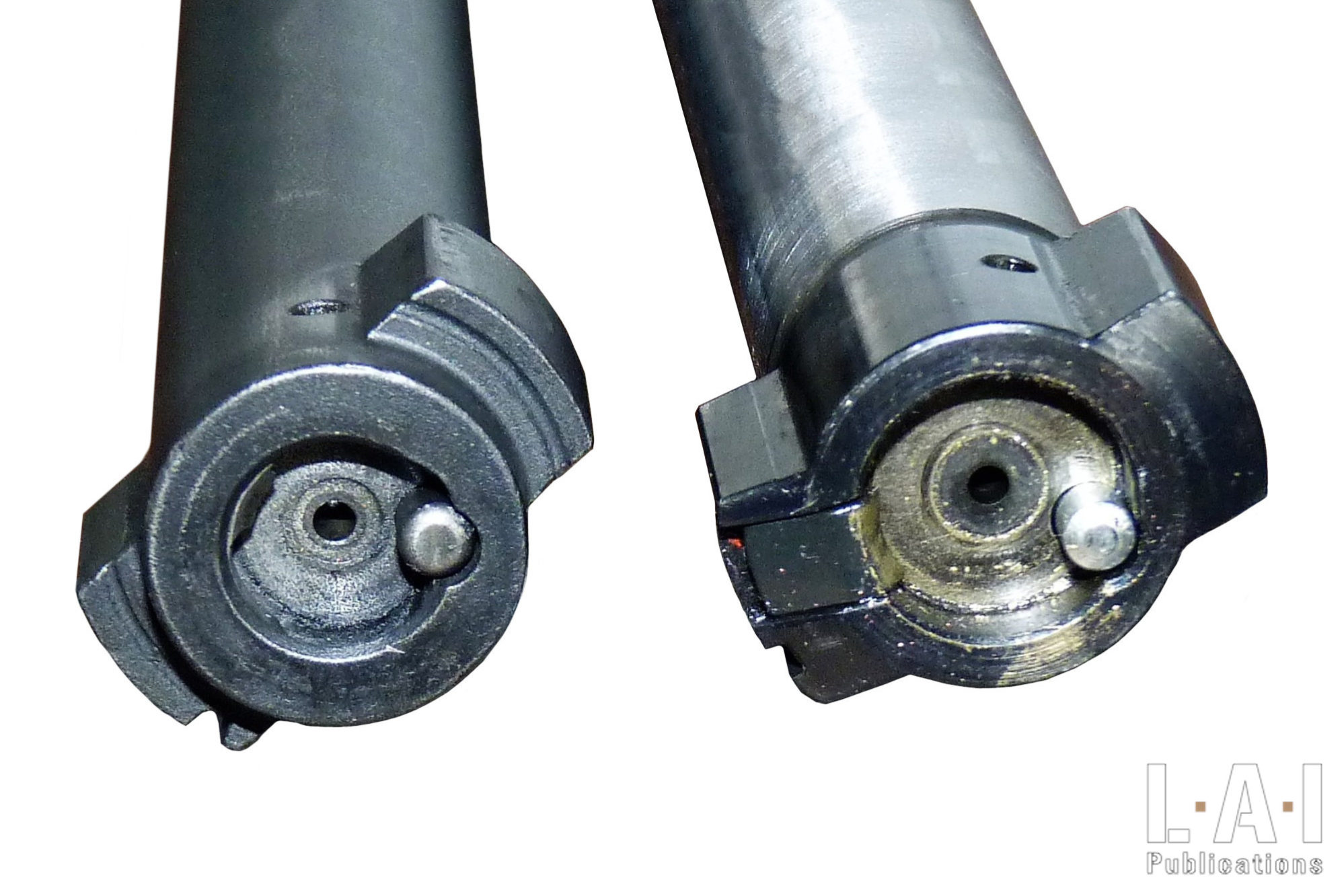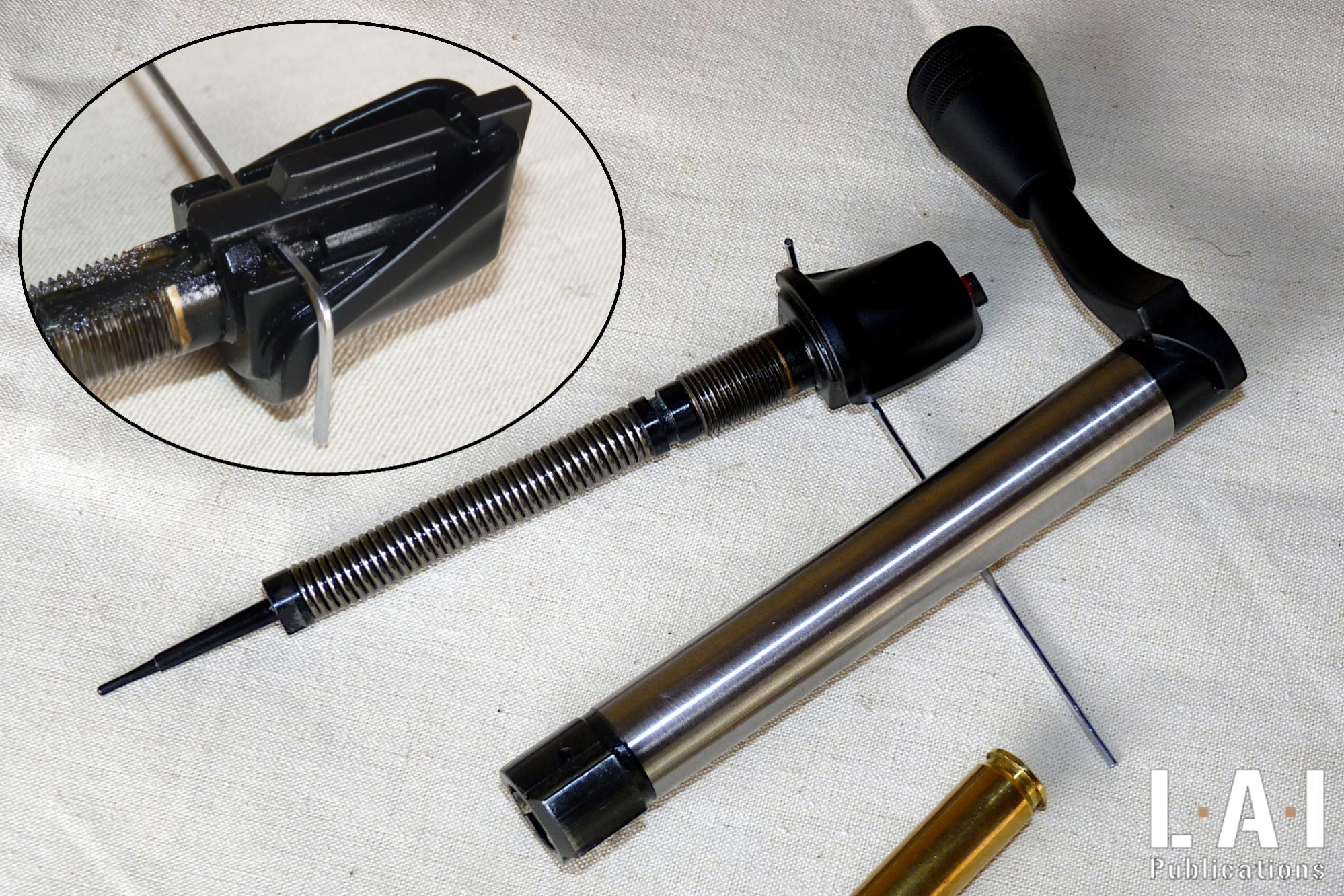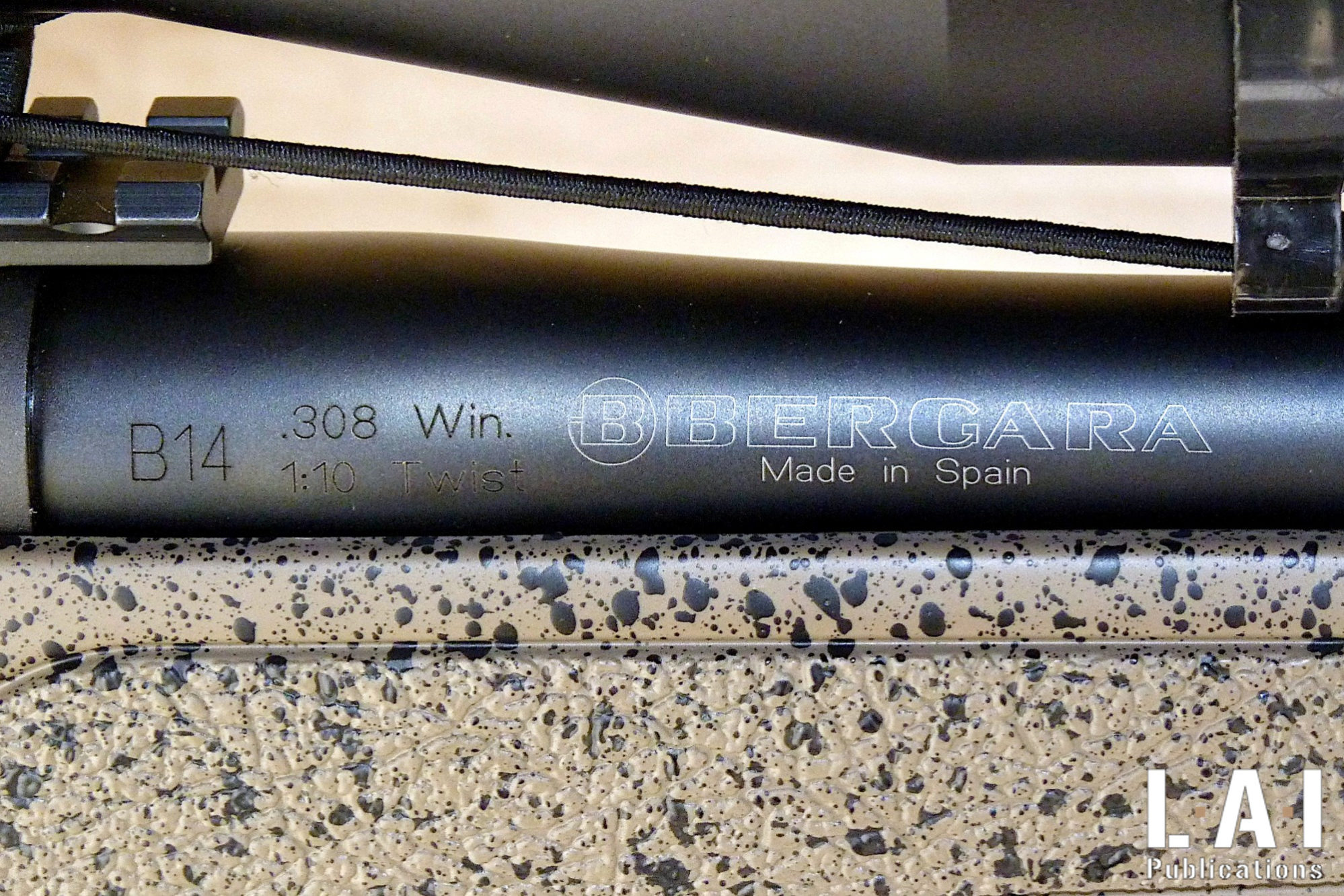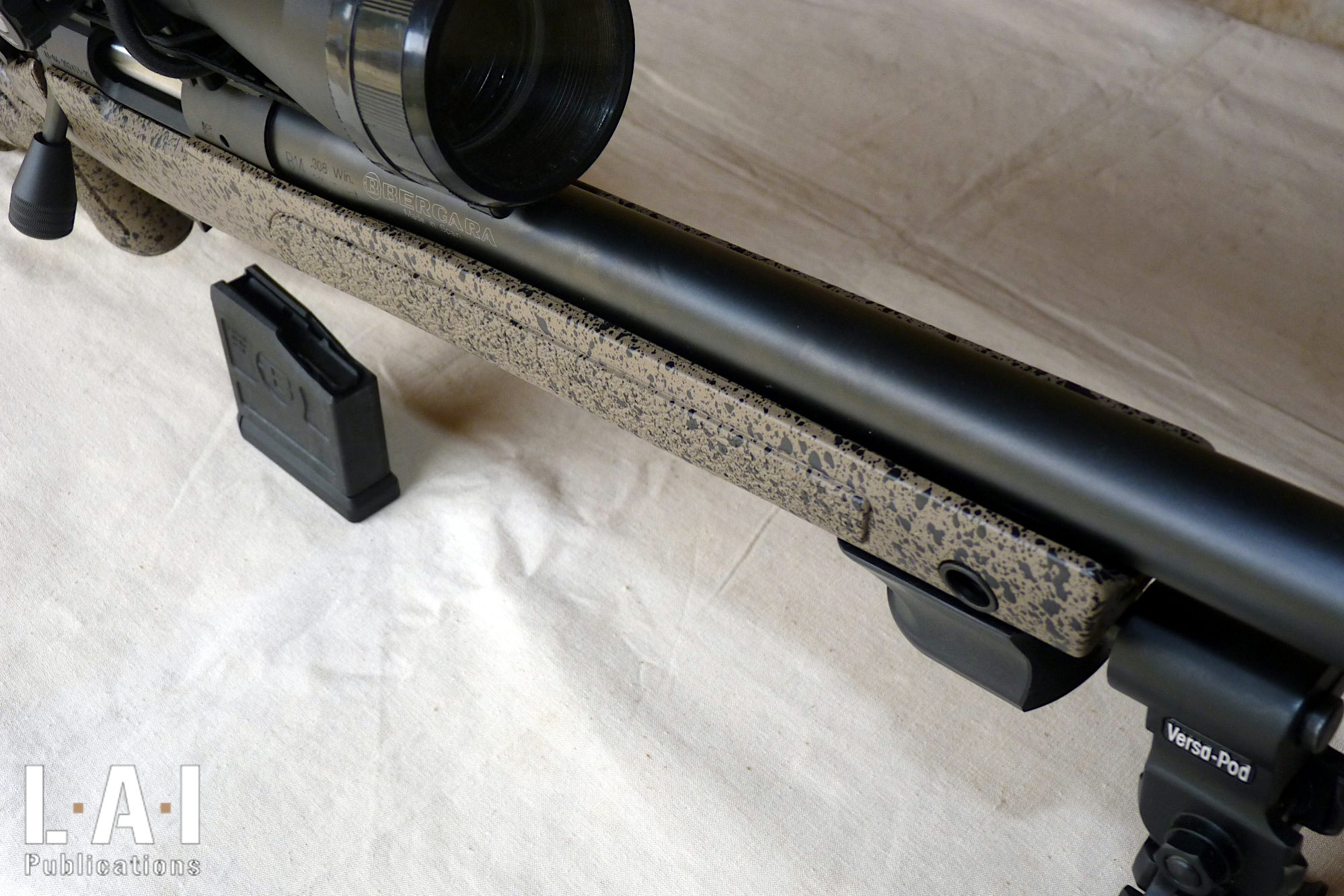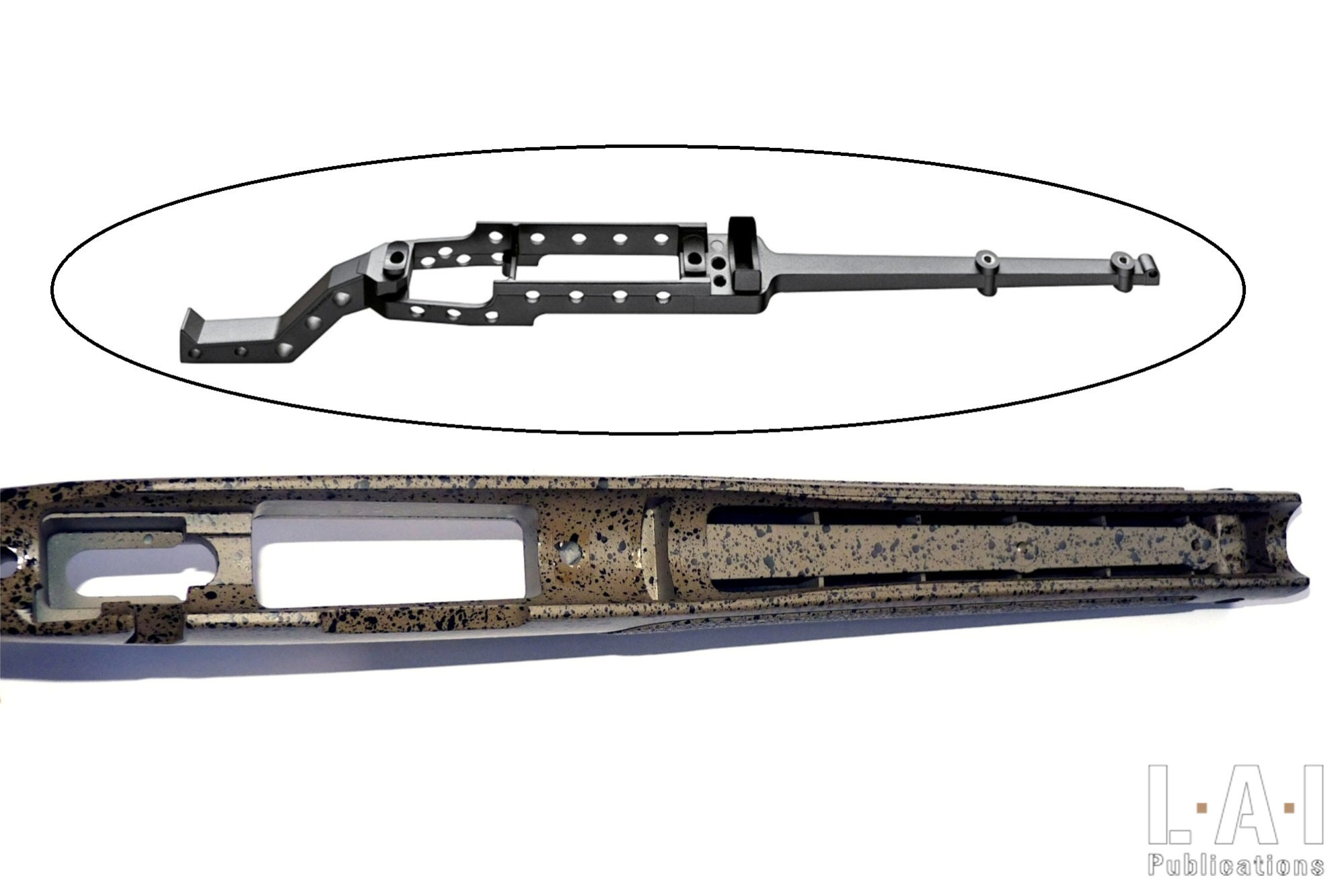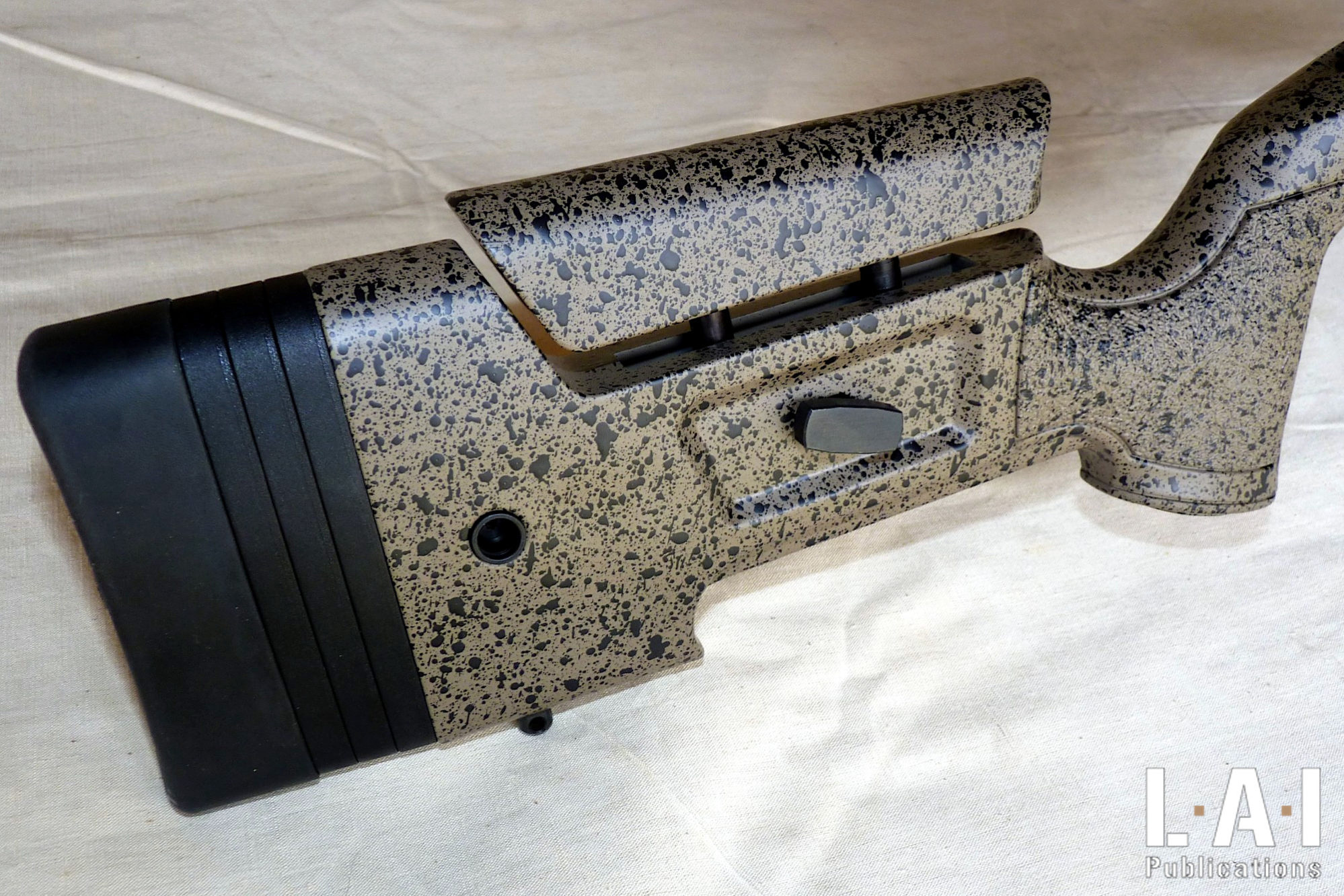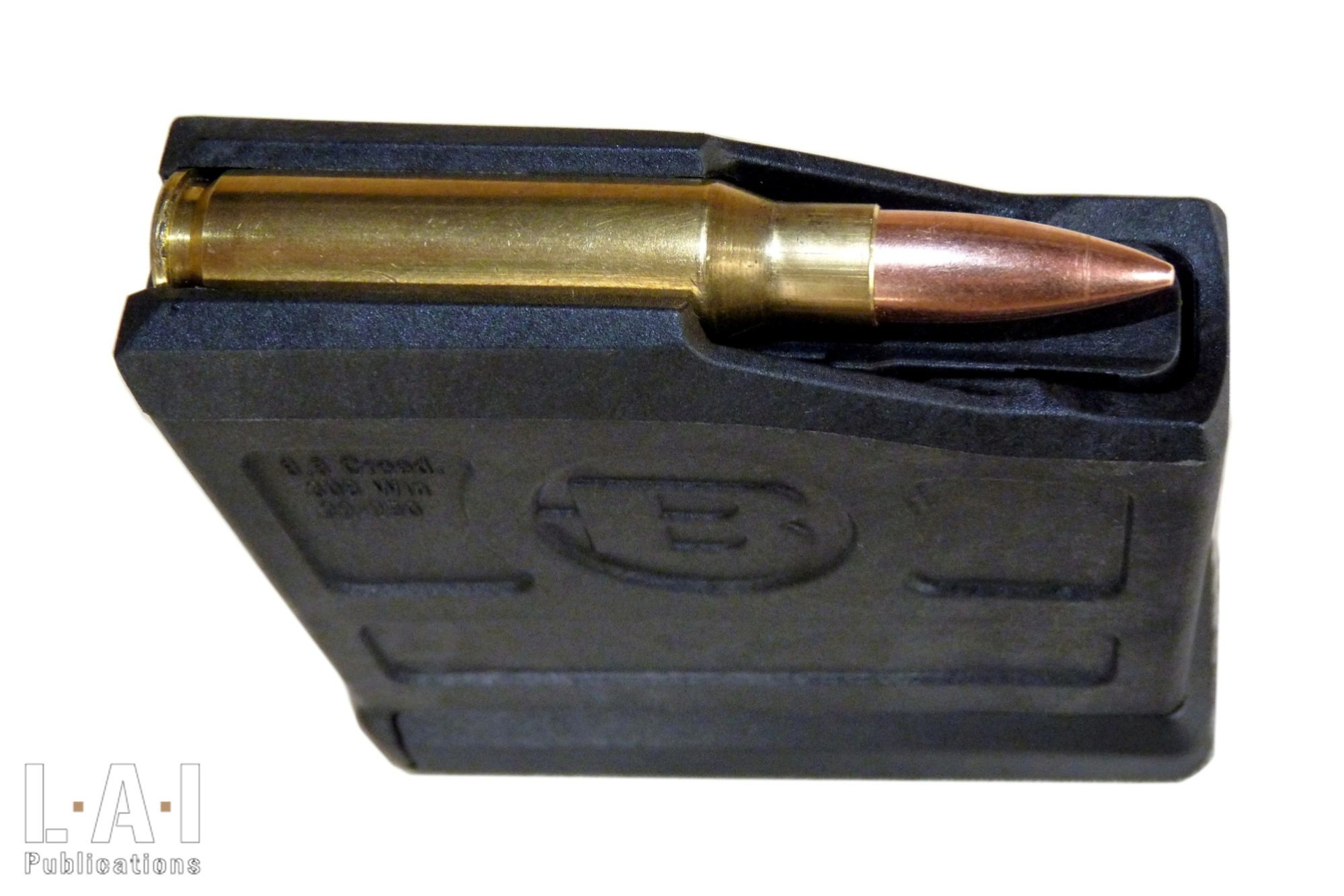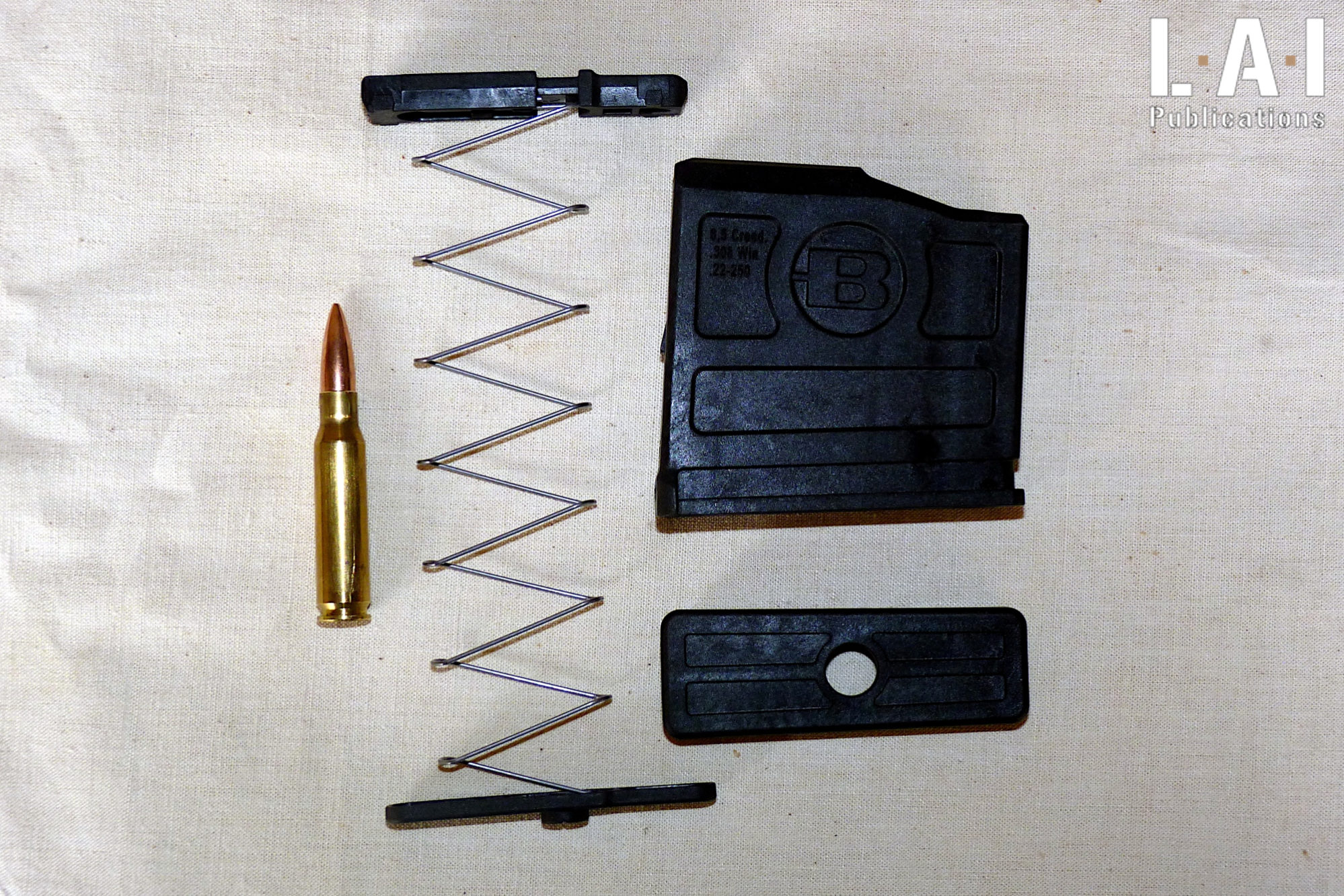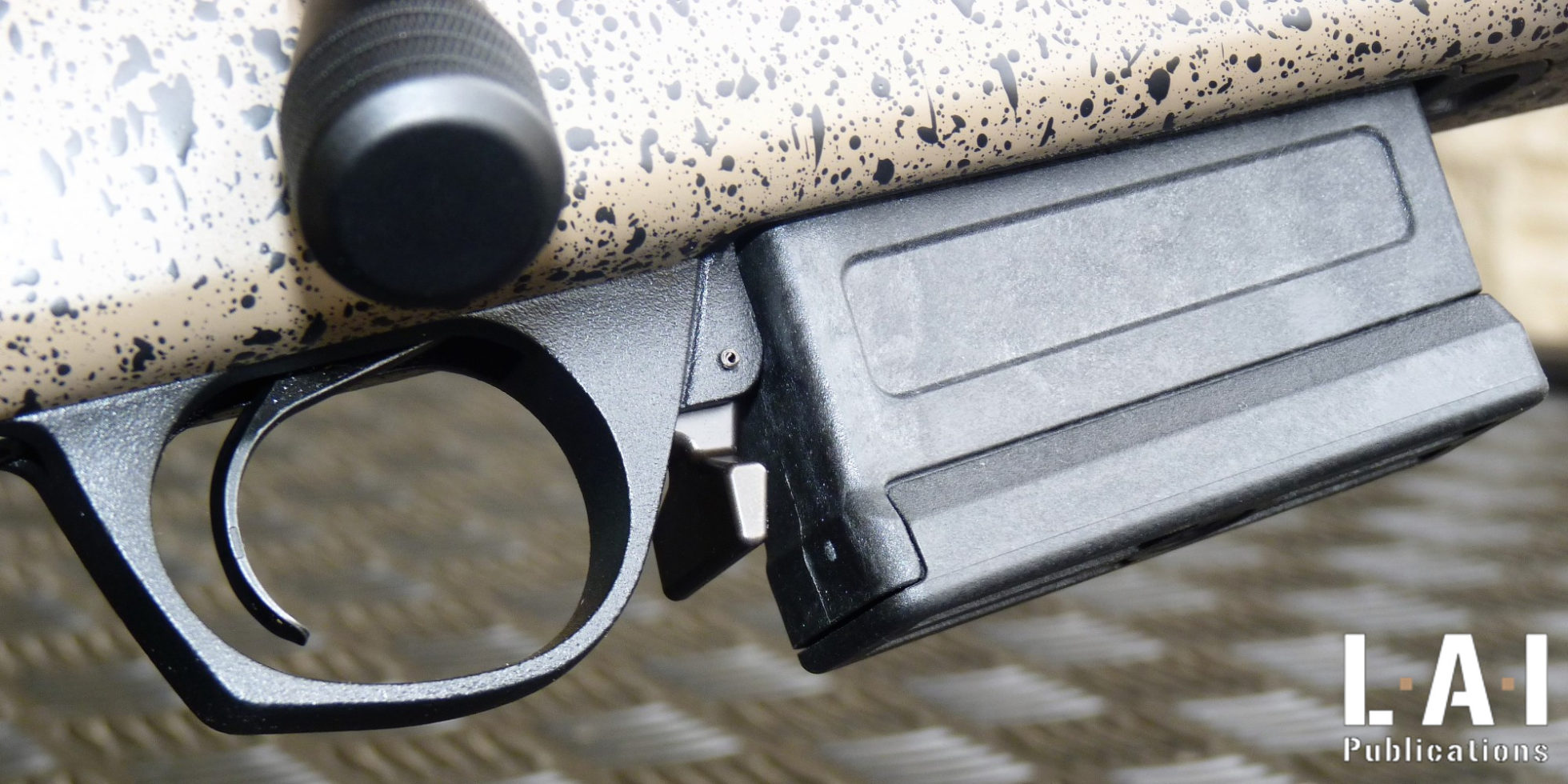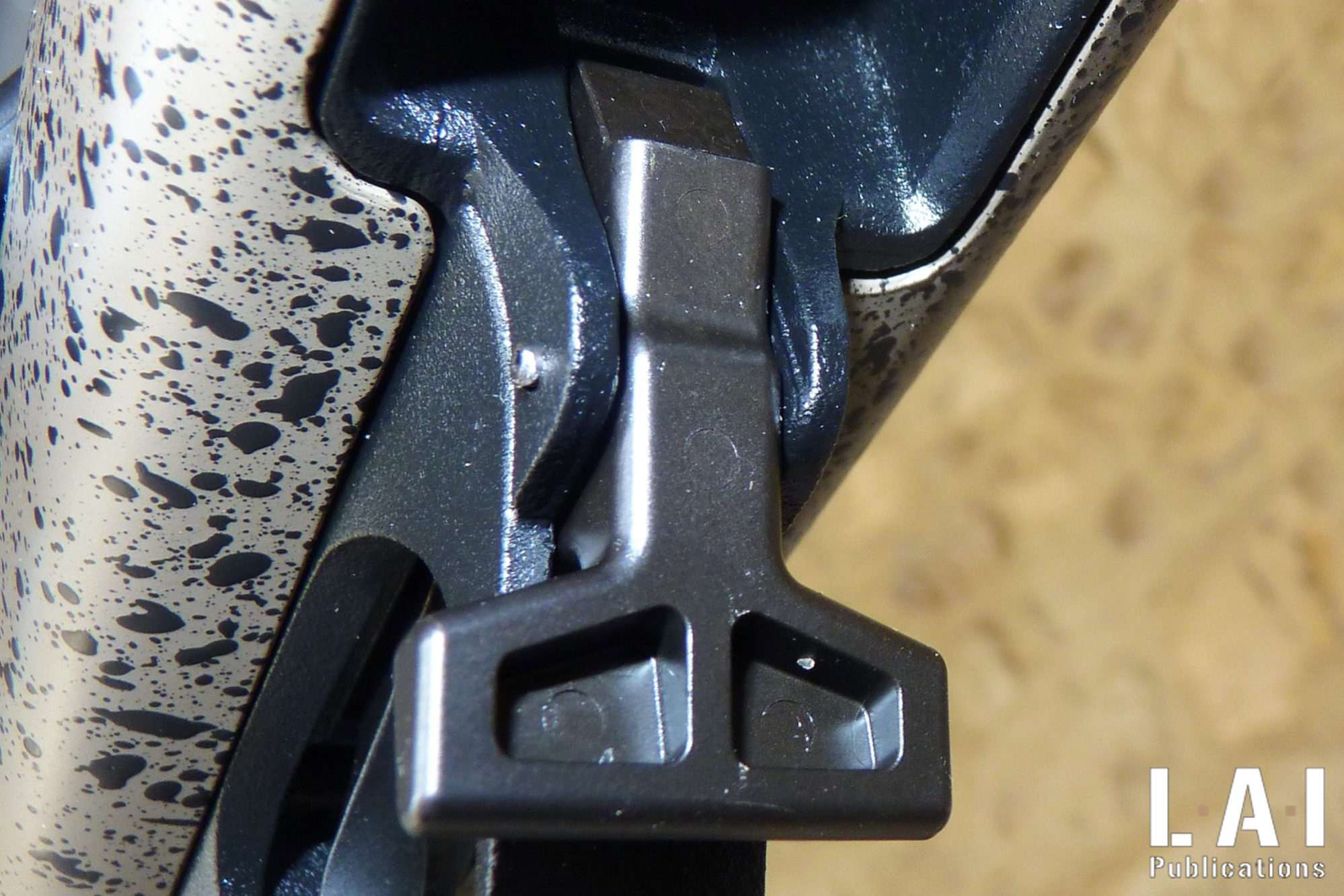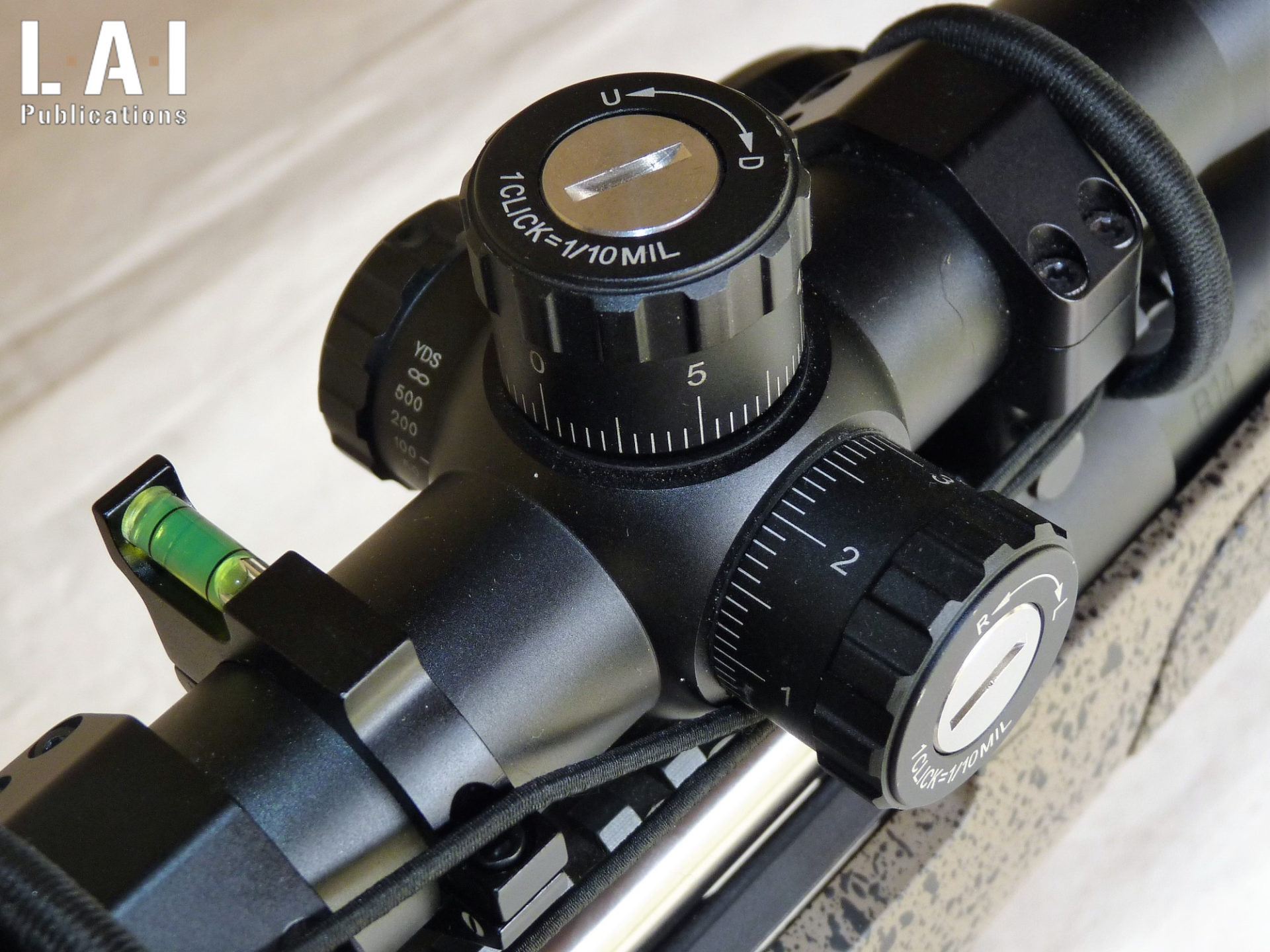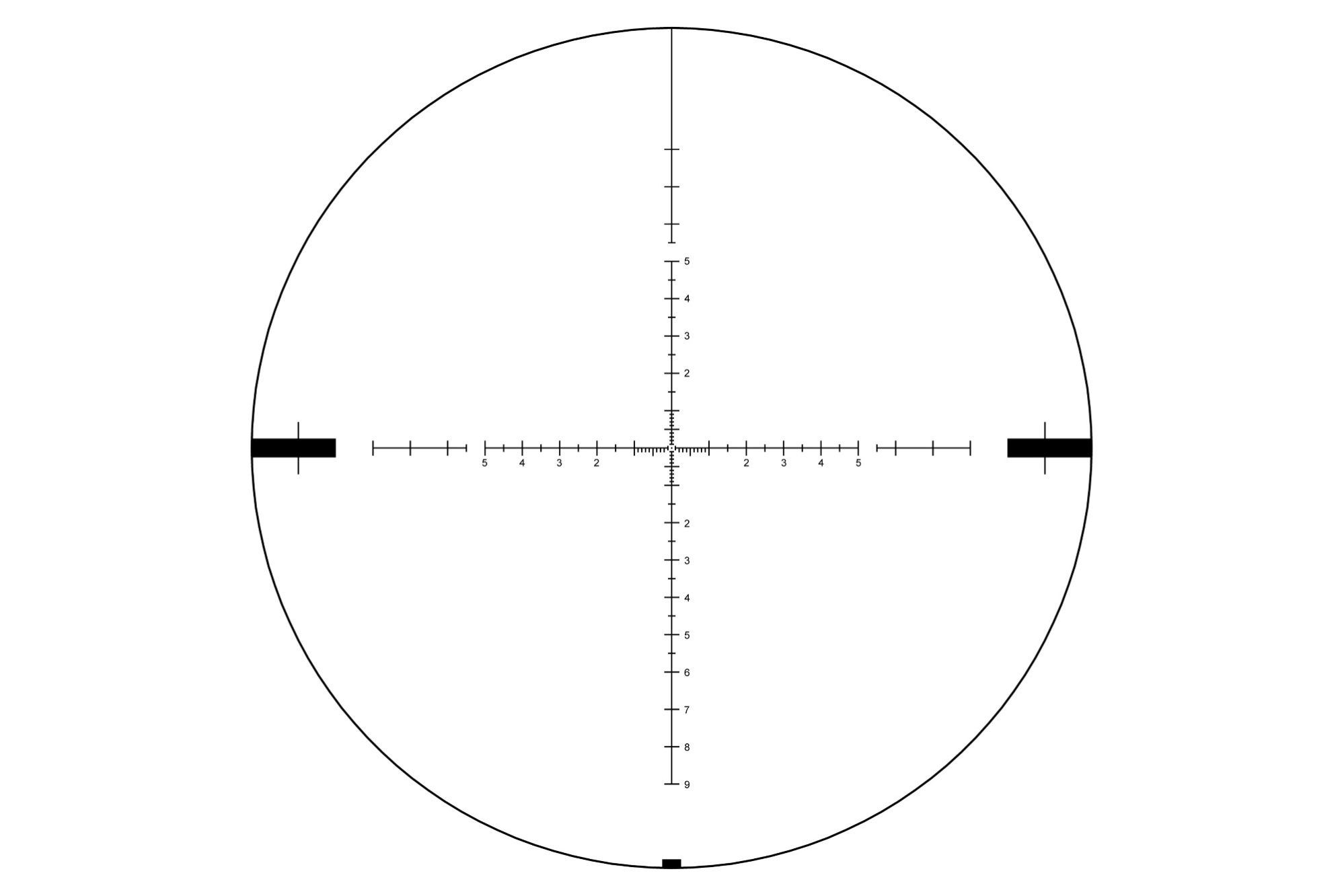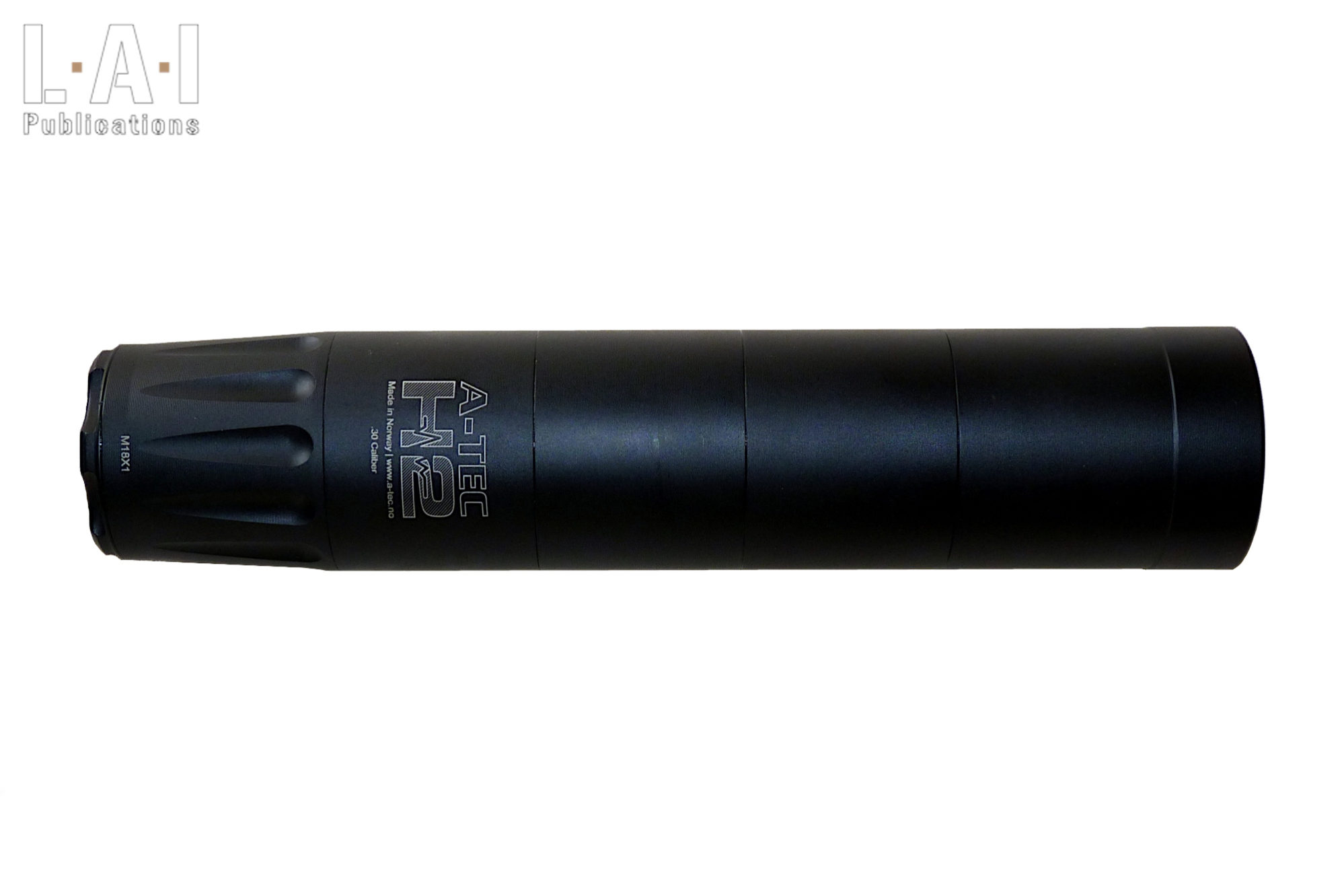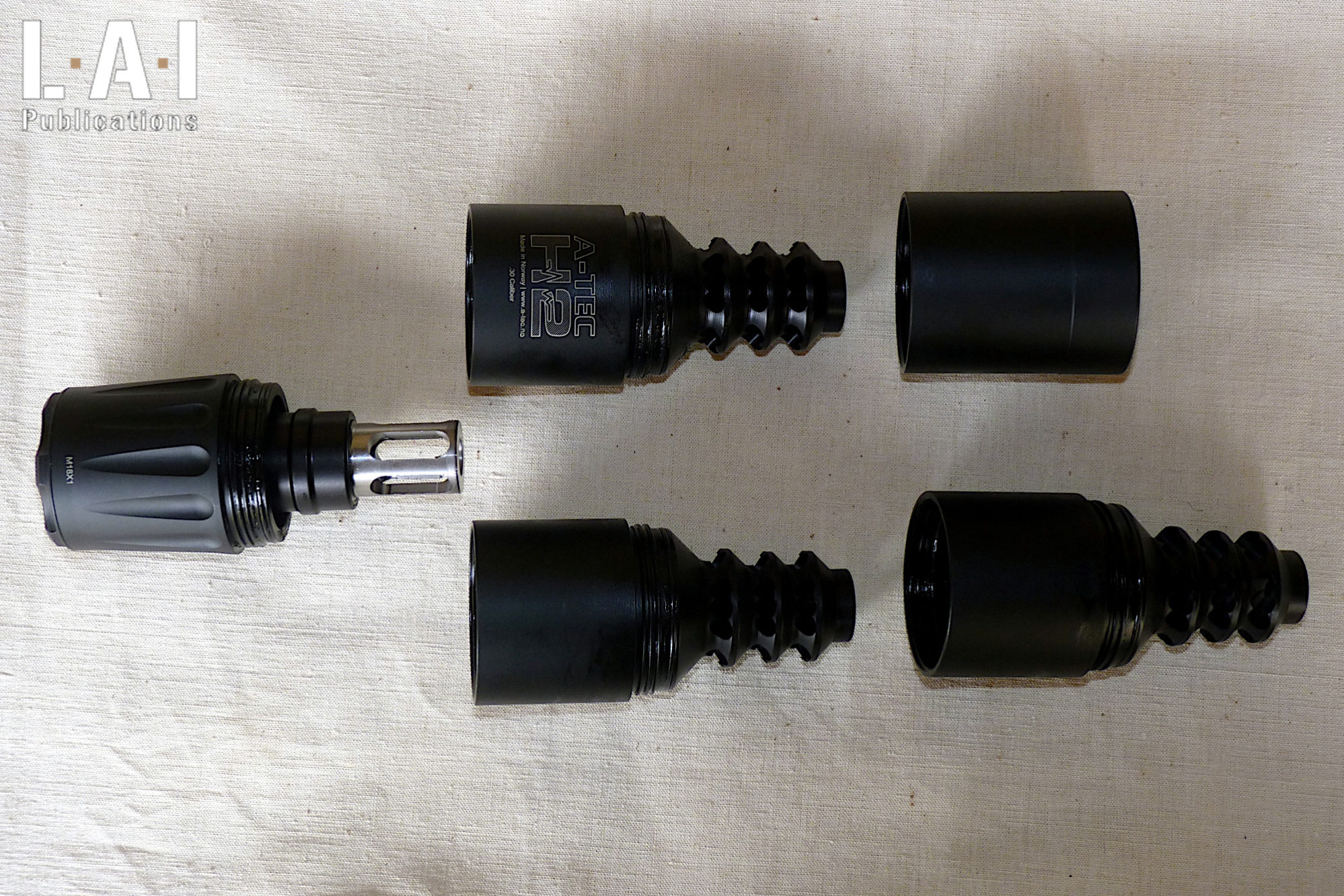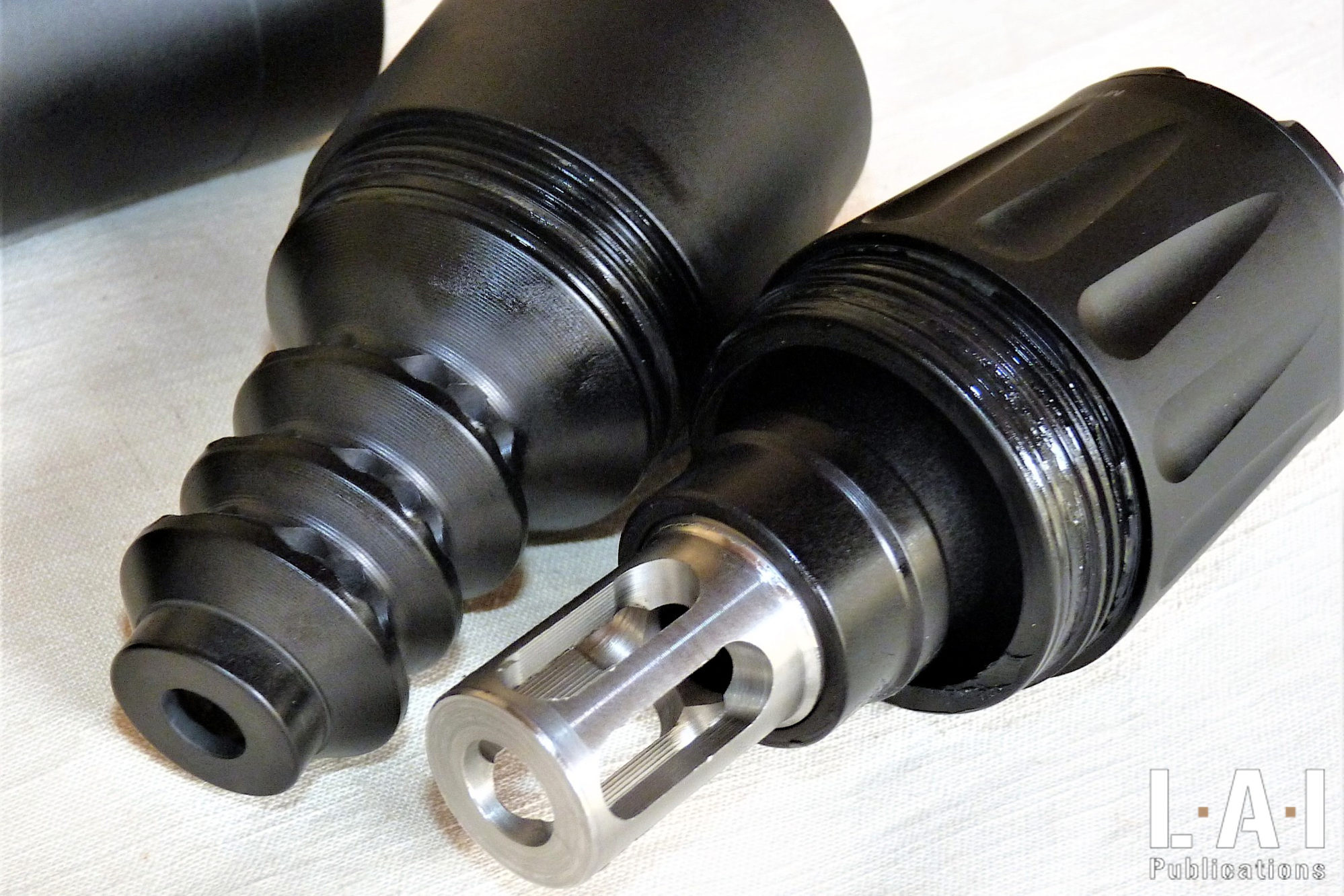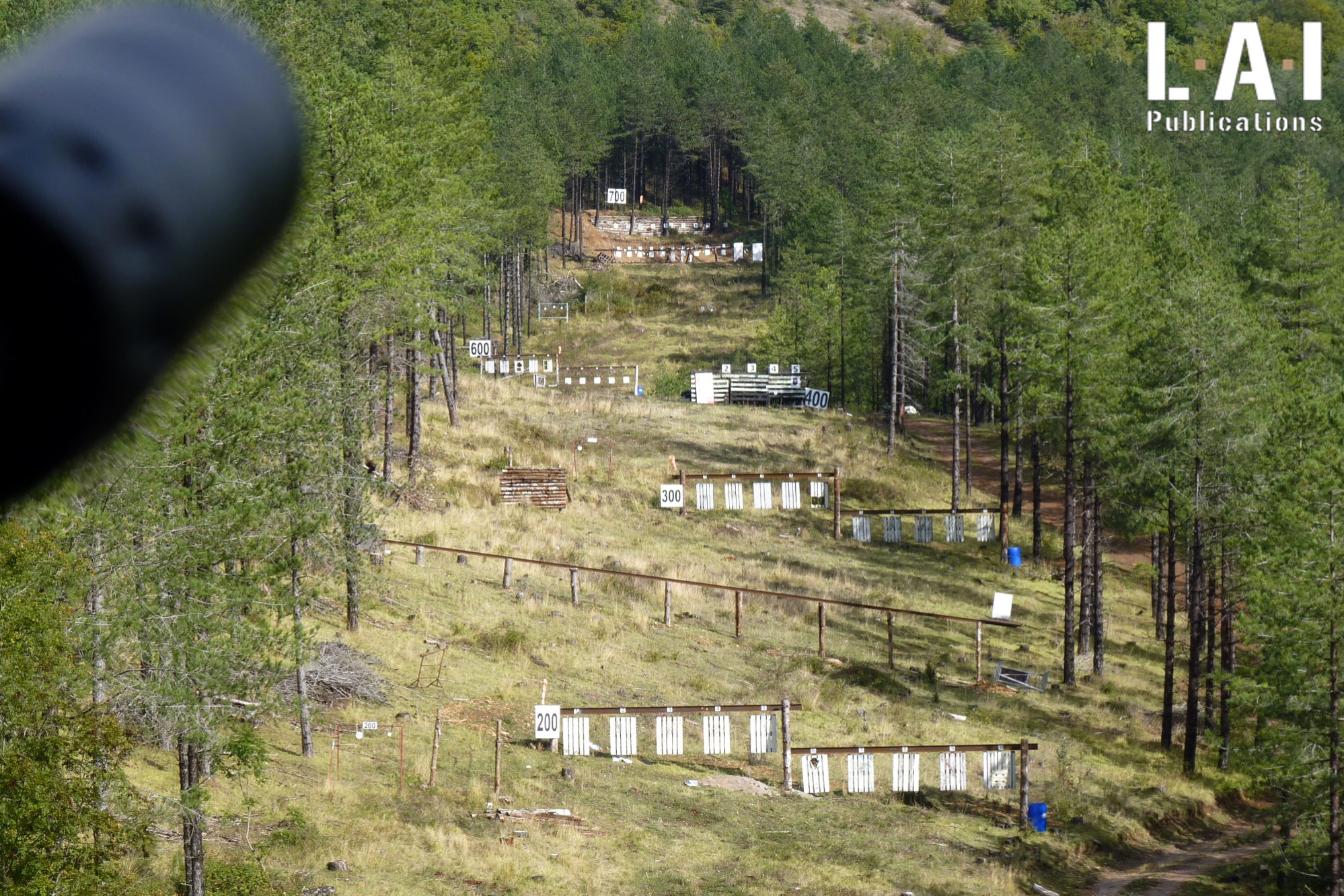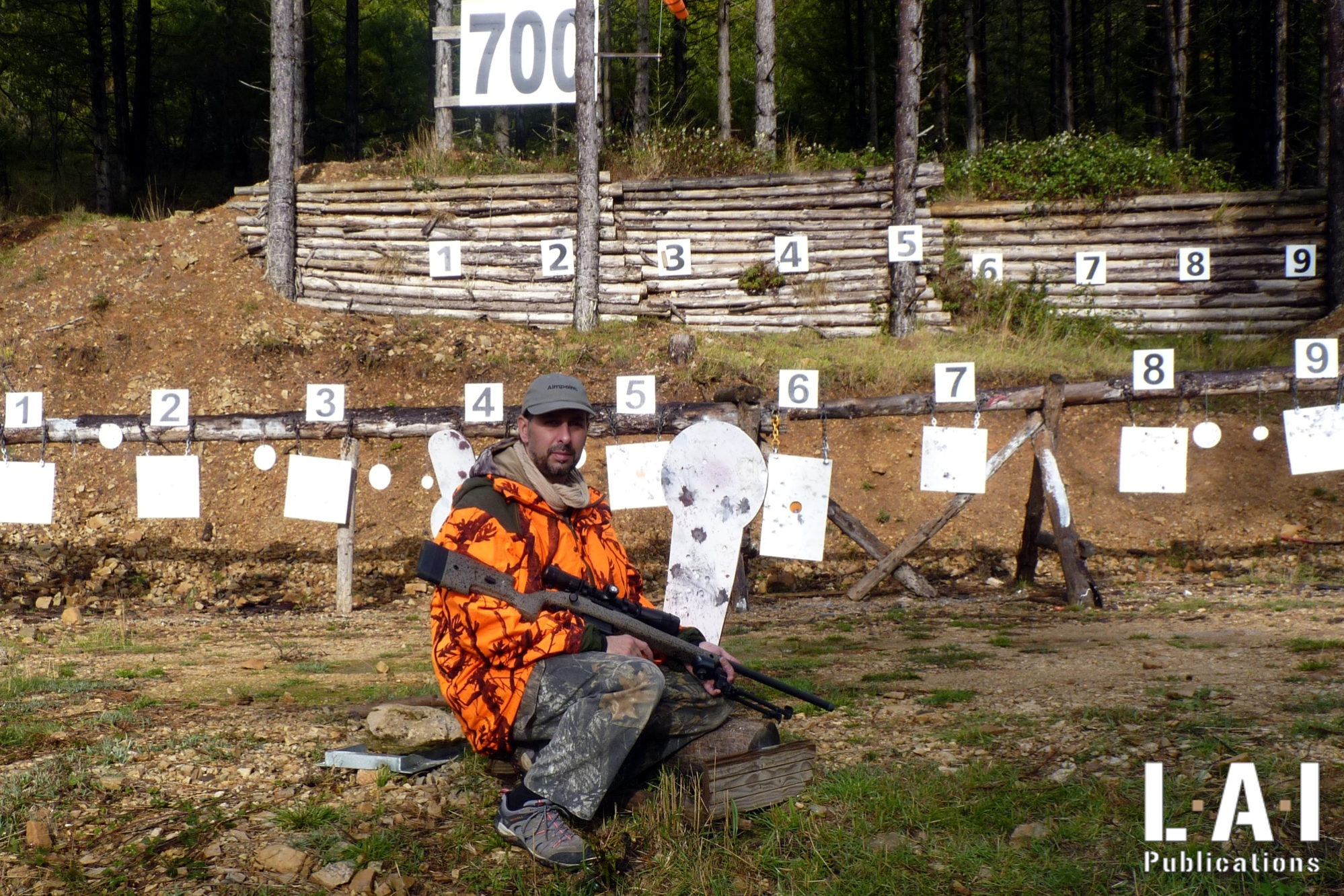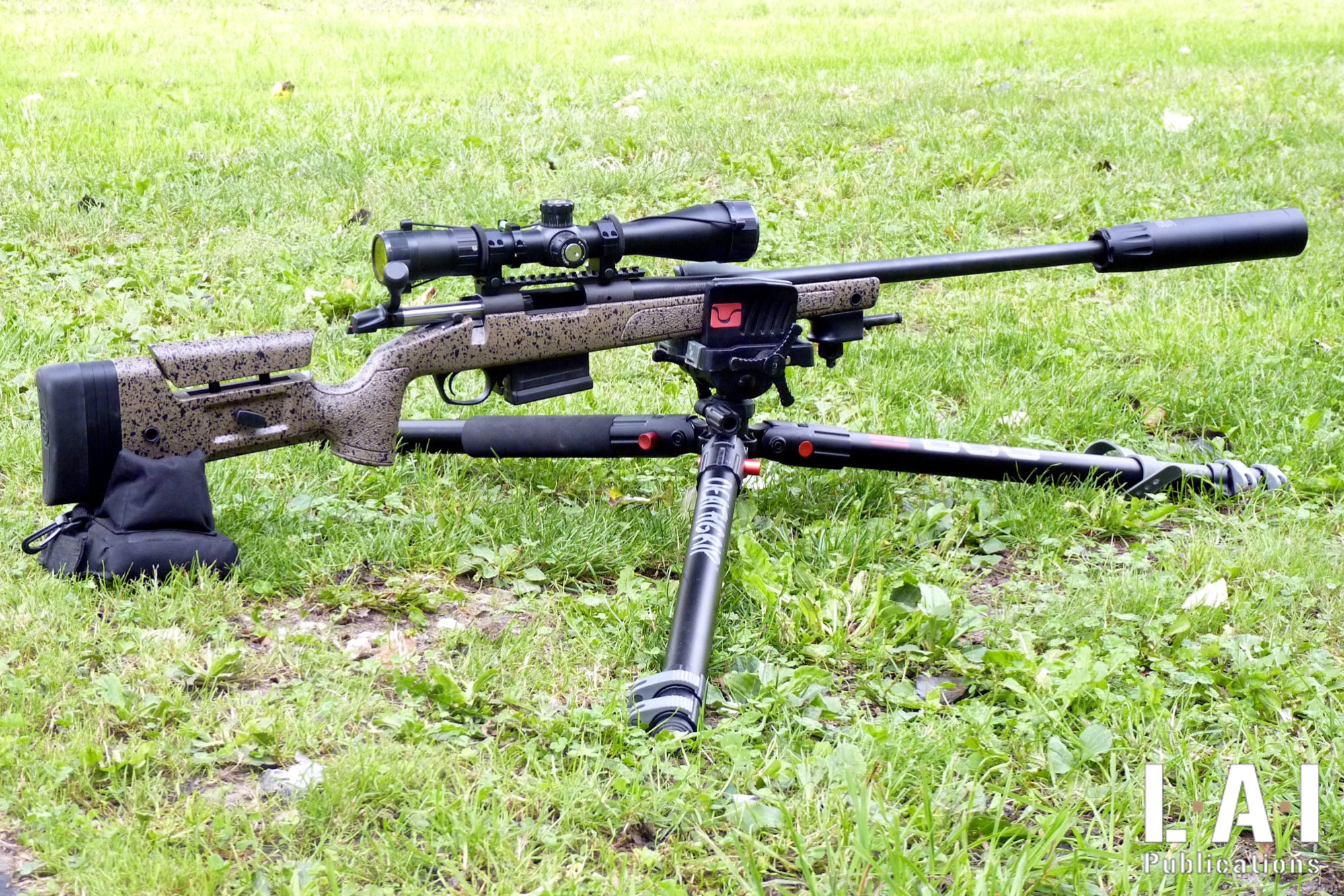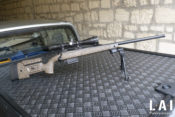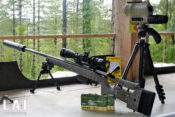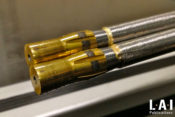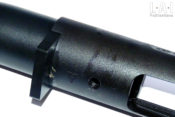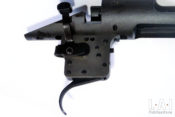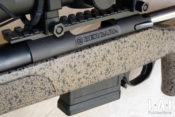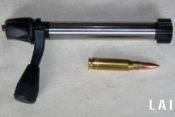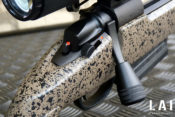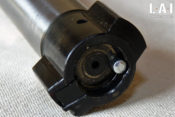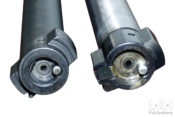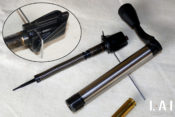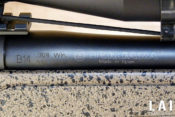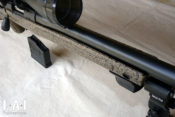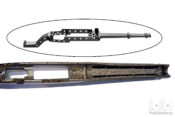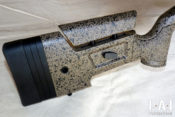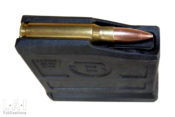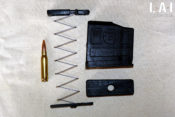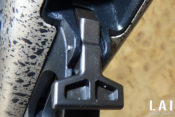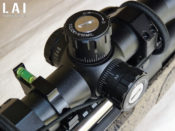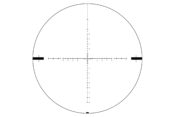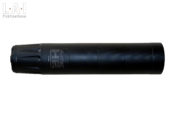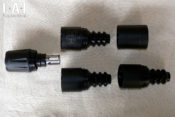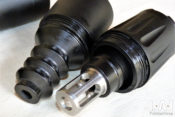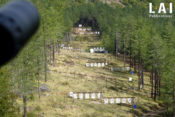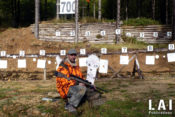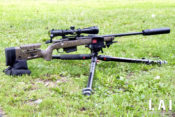The Bergara B14 HMR .308 Winchester at long range

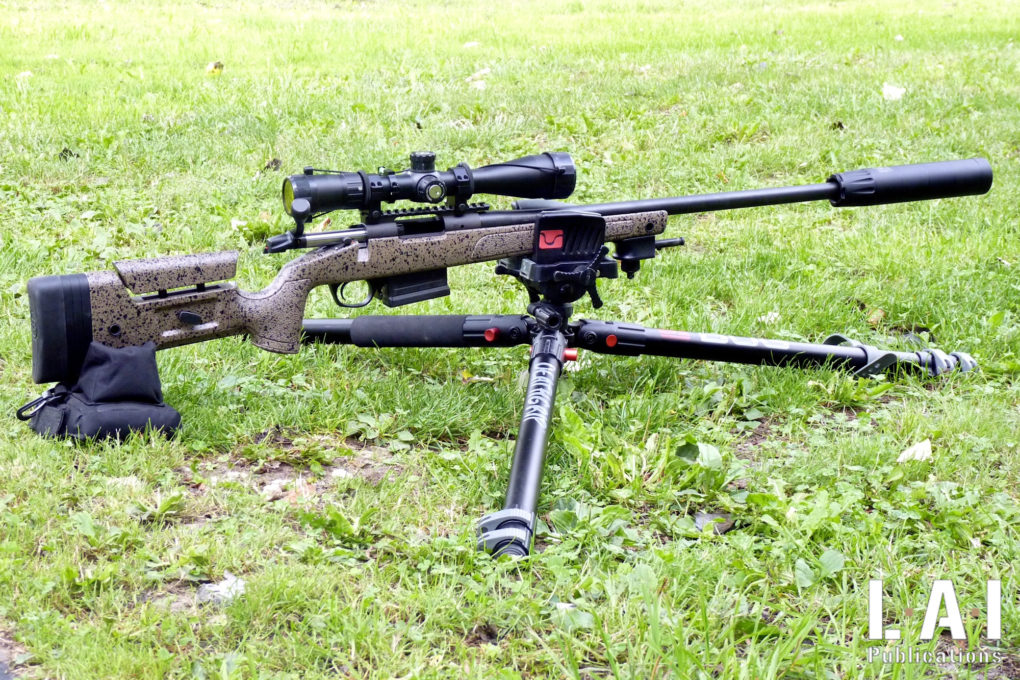
If the Bergara brand is still not yet very popular in France, it is met with a real success in the United States. The production is also largely destined to this country and a local subsidiary has been established in the USA, a rather common thing for a brand wishing to gain a foothold permanently there. It was in Paris, however, on January 25th, 2023, that Bergara made the bet to launch the distribution of its products in France through its subsidiary “BPI Outdoors France”.
In a small town in the Spanish Basque Country
In recent years, the ” Bergara International” company, based in the small town of Bergara in Spain, has gained real fame in the manufacture of high-precision barrels. For a long specialized in hunting barrels, the development of ranges intended for precision was a springboard to take the plunge and produce rifles. The Basque Country does not lack assets in this area, the gunsmith domain having had its roots in these lands since long ago. Bergara has also benefited from the collaboration of internationally renowned shooters and professionals. It has been enriched by the knowledge of people such as Ed Shilen, renowned Benchrest shooter and founder of Shilen Rifle Inc., Dan Hanus, former head of production and chief instructor of the precision weapons section of the United States Marine Corps, as well as the famous hunter and champion of PRS and Spanish F-Class Rafa Carrillo.
The destination of the HMR model of the B14 range is resolutely oriented towards medium or long-range shooting. It is not a question of high-end and specialized weapons, but of a factory rifle honestly manufactured, offering a very favorable quality/price ratio to satisfy the most demanding shooters. Its name? HMR for “Hunting Match Rifle”: everything is said, even if the name may suggest that it is a weapon … in .17 HMR! The model is available in 4 calibers: .22-250 Remington (61 cm barrel – 24”), 6.5 Grendel (61 or 66 cm barrel – 24” or 26”), .308 Winchester (61 cm barrel – 24”) and .300 Winchester Magnum (66 cm barrel – 26”). Diversified and rational choices, without being too numerous (and therefore without getting lost): enough to satisfy the different wishes of many different users. Bergara’s primary reputation lies in the quality of its barrels. We find the classic process of button rifle manufacturing embellished with know-how and solid experience, giving proven results (Pic.03).
Out of the box, the inspection is flattering: perfect finish, aesthetically pleasing while sober, and agreeable to the touch. However, although the “H” in HMR stands for “Hunter”, for hunting… with 4.39 kg (9,68 lbs.) without optics our rifle will be more comfortable on a rest than on the shoulder of a Nimrod!
Inspiration and compatibility with the Remington 700
The receiver of the B14 range will not disorient aficionados of the Remington 700 … except for a few details! Of a cylindrical shape, it hosts on its front part a classic recoil lug (Pic.04). The latter, of a good size, fits into a housing inside the stock. Unlike the Remington’s receiver, the Bergara’s covers the ring and indexes this recoil lug. Present on the right side, a vent allowing the evacuation of gases in case of case-head separation. We find 4 screws on the upper part to install a rail for optical assembly. The trigger block is pinned on the receiver (Pic.05). The stock is assembled by two screws located at the front and rear of the trigger guard. All these elements are compatible with those available for Remington 700 opening a wide choice in configurations. Here too, this choice is rational: why reinvent a new standard when an existing one is largely satisfactory? Like the Remington 700, the receiver has a guiding rail in which a groove, on the right lug of the bolt, slides. The locking is carried out directly in the receiver. Another difference with a Remington 700 concerns the bolt disassembly control: Bergara is inspired by the Mauser system with a side lock mounted on the left flank (from our point of view, more rational than the Remington’s – Pic.06).
We will have guessed that the bolt is also itself inspired by the “700’s”. However, it has some own interesting features (Pic.07). First, the cocking indicator, always visible at the bolt rear-end, protrudes on the lower part and has a red mark in cocked position: it is both tactile and visual (Pic.08). The bolt has 2 lugs positioned at the head. The one on the right bears a large extractor (Pics.09 and 10). The latter offers much more confidence than the skinny extractor inserted inside the bolt faceThe bolt face is the part of the bolt which in set place the... More of the 700. The ejector, present in the bolt faceThe bolt face is the part of the bolt which in set place the... More, is – as on the 700 – of a spring-loaded type. The bolt knob is wide and perfectly adapted to a fast and comfortable action, far from an original Remington 700’s! Another strong point is the disassembly of the bolt: just insert a rod into a hole of the bolt and unscrew the nut … hardly simpler (Pic.11)!
The barrel of our model in .308 Winchester measures 61 cm. Of a “Match” quality, it is made of steel 4140 Chrome-Molybdenum. With a diameter of 33.33 mm (1.312 inches) at the receiver and 19 mm (0,748 inches) at the muzzle, it is cylindrical for the most part. It is threaded at its end: 18 mm at a pitch of 100, a steel ring protecting the thread. It is fully floating and has 6 right-handed grooves at the twist rate of 1 turn in 10 inches, to stabilize heavy bullets from 180 gr to 200 gr (Pics.12 and 13). The receiver and barrel assembly receives a Cerakote paint with a matte dark gray rendering of the best effect.
The stock is reminiscent of those mounted on Mac Millan rifles. It overmoulds an aluminum frame which clogs the receiver attachment (Pic.14). This device offers perfect rigidity. Made of synthetic material, the stock is mainly in the “Flat Dark Earth” color with patterns in granular reliefs. The rendering is sober, pleasant to the touch and with a good grip. The length of the stock can be adapted to the morphology of the shooter: 3 wedges can be arranged at the front of the butt plate (Pic.15). The latte, made of rubber, soften the recoil feeling. The cheek-pad is also adjustable by acting on a knob installed on the right side. Three “Uncle Mike” type attachment points are present on the lower part of the stock allowing the mounting of a sling and a bipod, but also 4 “QD Flush Cup” quick fasteners (on both sides, 2 at the front of the barrel and 2 at the back of the stock) for the installation of tactical slings.
On our copy, the trigger release is pleasant, frank and direct with a release measured at 1.350 kg (2.954 lbs.). After removing the stock, it is adjustable by a screw. The safety lever is positioned on the right side of the trigger block: in two positions it does not prohibit the movement of the bolt when engaged.
The magazine body is made of synthetic material and has a capacity of 5 rounds (Pic.16). Its disassembly is easy: like many service weapons, it is enough to push back the locking board via a hole in the magazine floorplate (Pic.17). Rational once again, it is AICS standard! The choice is therefore vast among the models on the market and their budget, AICS, Magpul, MDT, etc … The capacity can thus easily be increased to 10 shots. The trigger guard is made of synthetic material: the “Magpul” inspiration is strongly visible! The control of the magazine lock is ideal: placed in front of the trigger guard, ambidextrous and composed of a large pusher on the principle of many assault rifles (Pics.18 and 19). Even gloved hands will fit easily.
Mounts, optics, silencer and ammunition
For the optic mount (including rail), we stayed on our “classics”: TPS components. The steel rail is sloped to 20 MOA, saving significant clicks at long distances. The scope mounts of the same brand are made of aluminum and have a “medium” profile in 30 mm. Remember that rails, bases and collars are at least as important in their choice as optics.
Tell me what your scope is, I’ll tell you who you are! We sometimes neglect the choice of our optics, or we let marketing direct our actions. The acquisition of a good scope must be rational, namely, to determine its budget beforehand. We must insist on the principle of consistency, because the most “beautiful reticles” overloaded to the extreme (with the most details, chevrons and other “Christmas trees”), are regularly found with milliradian graduations, but click values corresponding to fraction (1/4,1/ 8, 1/16 …) of Minute of Angle (MoA), even sometimes the opposite! In short, we mix different units (with units also of different distances, according to unit system used: yards and meters) … even our calculators will lose their minds (artificials of course) ….
We opted for an optics of excellent quality, a reasonable budget and above all perfectly consistent for our shooting practice: medium and long-range shooting … in peacetime! The American firm Shepherd produces optics ranging from classic to more elaborate (multi-reticule for example). The BRS 4-16×44 FFP model offers a maximum magnification of 16. The scope benefits from quality lenses and a 30 mm body ensuring good brightness, pleasant contrasts and enough clicks. The high turrets allow precise adjustment (with a value of 0.1 mil, or 1 cm at 100 m, 2 cm at 200 m…) and lock by pushing (Pic.20). A parallax setting is available on the left side of the scope, with distance values entered in meters. The reticle has the advantage of being on the first focal plane, that is to say that its size changes according to the selected magnification, which allows distance evaluations and corrections to be made using the reticle without worrying about the selected magnification. Regarding the reticle itself… Everyone will be a judge! It is an “improved” Mil-Dot, which some will find easy to use (in peacetime… for sure), and others, unnecessarily loaded, the Mil-Dot already offering a very complete tool for shooting in all circumstances (Pic.21).
In terms of “silencer” (an increasingly necessary element on certain shooting ranges in France), our choice is often steel models and more particularly those of the Finnish firm Ase Utra. Our gunsmith managed to convert us to a silencer also coming from the “North”, the Norwegian A-TEC H2 (Pic.22). This financially attractive model is particularly interesting. It is very versatile: it includes 3 identical aluminum modules; its length can be adapted depending on the ammunition used (from 1 to 3 modules). The device is composed of a total of 5 elements (Pic.23). The rear part covers the barrel on 80 mm (3,150-inch, thread included). It has a stainless-steel appendage (comprising the thread itself) similar to a flash hider whose purpose is to diffuse the gases homogeneously in the device (Pic.24). It is on this element with superior durability that the 3 aluminum baffles are fixed. Their design is particularly elaborate. Finally, the last module is topped with a cap, also made of aluminum. Disassembly, possible without tools, allows simplified and efficient cleaning as well as flawless inspection of the device. These dimensions are in the standard, 49.4 mm (1.968 inch) in diameter for a length of 230 mm (9.055 inch) which extend the weapon of 150 mm (5.905 inch). The mass of 410 g (0.904 lbs.) is interesting since in the lower range of this segment. Given the rates of fire, the use of an aluminum silencer on a bolt-action weapon is perfectly rational. We will gain in weight what we will lose in “potential lifespan” … It remains to be seen how many shots this silencer will be able to go with before being out of service, the use of a first stainless steel element being a good omen!
Shooting: heading towards 700 m
The first contact and barrel lapping of the weapon were carried out with reloaded ammunition at 100 m. For longer range shots, we loaded ammunition with Lapua cases using 185 gr OTM Scenar bullets of the same brand, and Vihtavuori N140 powder. We also used manufactured ammunition, remaining faithful to the excellent GGG Match cartridges, using Sierra bullets. These economical ammunitions are particularly regular and accurate at medium and long distances (and European-made moreover…a good point for the European we are!).
The first shots were therefore made at 100 m, in a prone or sitting position. Without having our habits yet, the Bergara B14 HMR immediately produced very interesting (homogeneous) groupings, with both our manufactured and reloaded ammunition. This established, no need to “burn” cartridges unnecessarily: we are moving to longer distances, 200 m to 700 m. The velocity measurements being previously recorded, we relied on the Strelok and Lapua calculators (smartphone version, the latter application being the most reliable with the brand’s projectiles). After a successful passage by the 200 m, we quickly moved to the distance of 700 m on Hardox gongs and “Poppers”. The lack of wind effect made our shots much easier. After a few test shots, we positioned a group of 5 bullets in the upper part of the “poppers” at 700 m. The group raised is an H + L of 24 + 20 cm, or a diagonal of 31.24 cm, about 0.446 mil or 1.533 MoA (Pic.26). This result – once again at 700 m – is particularly encouraging considering that these are only our first shots with this weapon! It is safe to assume that greater practice could produce easily improved and reproducible results.
To conclude
Rarely have we been seduced so much by a bolt-action weapon. Economical, the Bergara B14 HMR does not compromise on the quality of realization and its relevance, it is a perfect tool for a beginner wishing to learn, but also for a confirmed shooter. Offered fully equipped at the price of an entry-level Remington 700, we can clearly indicate that in similar configuration it would be almost 50% less expensive for a set of, in our opinion, of a much better quality! Let’s hope that the recent opening of a French subsidiary of the brand will ensure it the place it deserves in this market.
Julien Lucot
This is free access work: the only way to support us is to share this content and subscribe. In addition to a full access to our production, subscription is a wonderful way to support our approach, from enthusiasts to enthusiasts!
Acknowledgements:
Jean-Paul Sape from SDS Armurerie for the provision of the weapon and his technical advice.
BGM armory, for Lapua and Nosler components as well as GGG ammunition:
The Long-Distance Shooting Range of Montagnol (France), for their reception:
The Bergara site:
https://www.bergara.online/en/
The manufacturer’s page dedicated to the B14 HMR:


